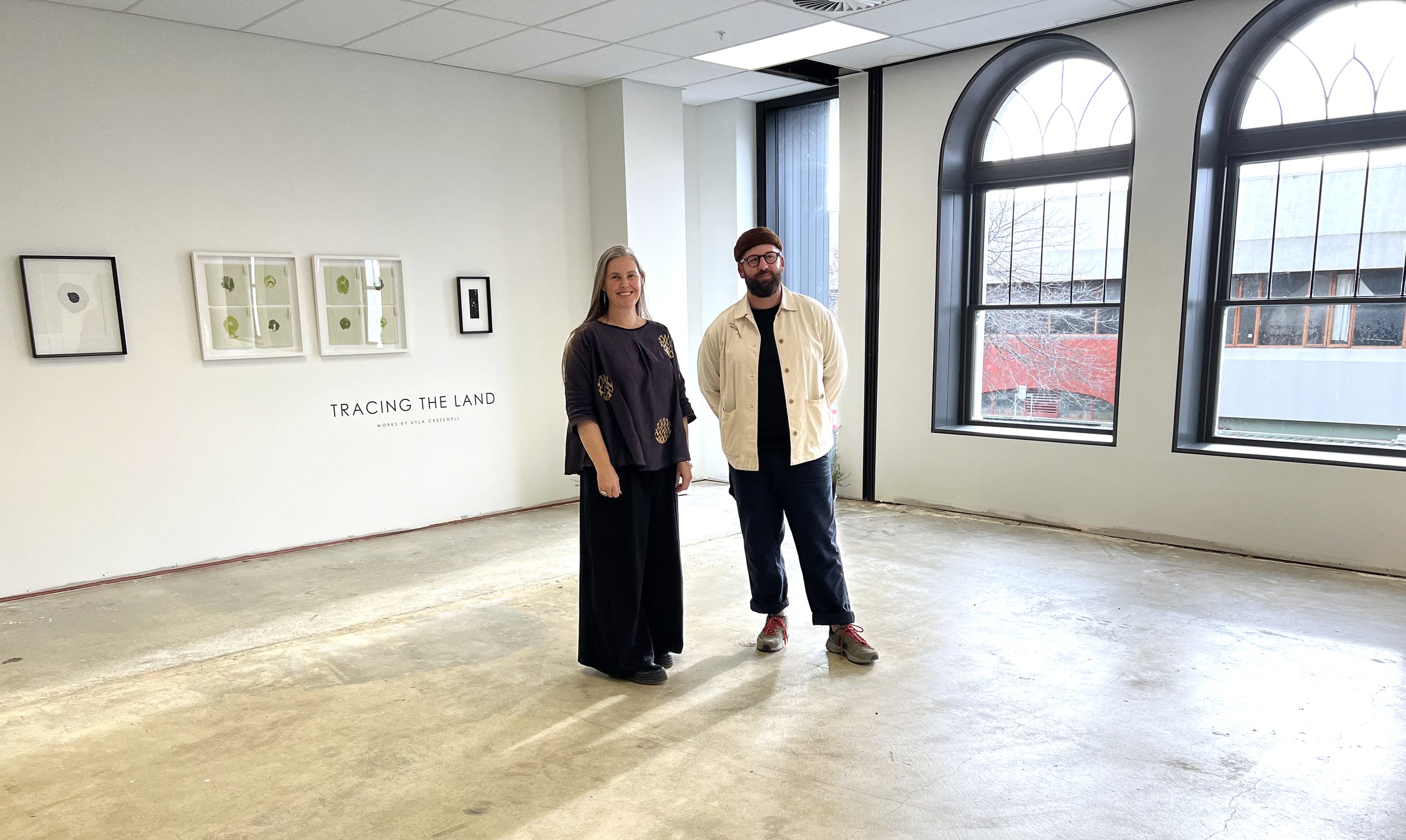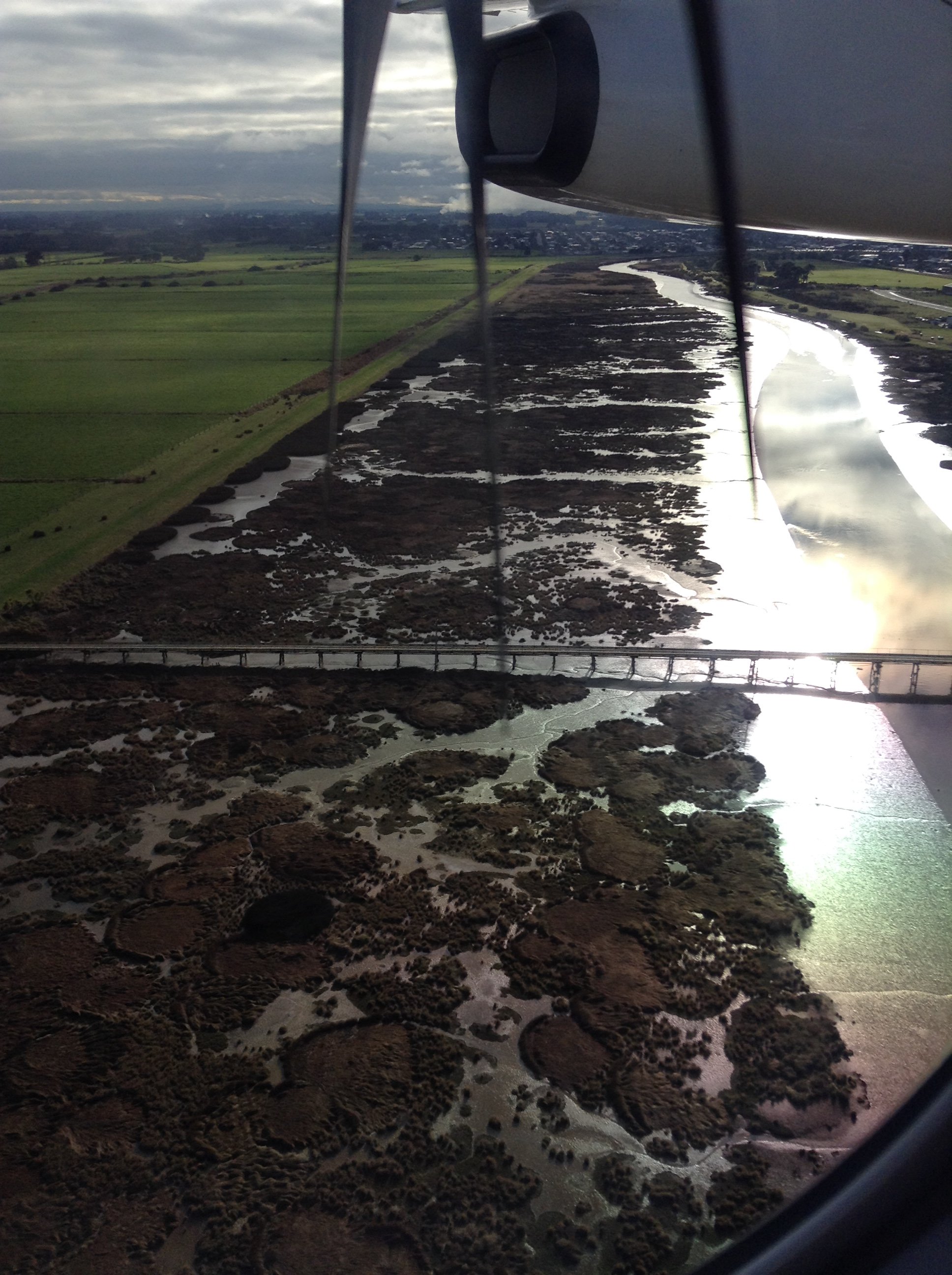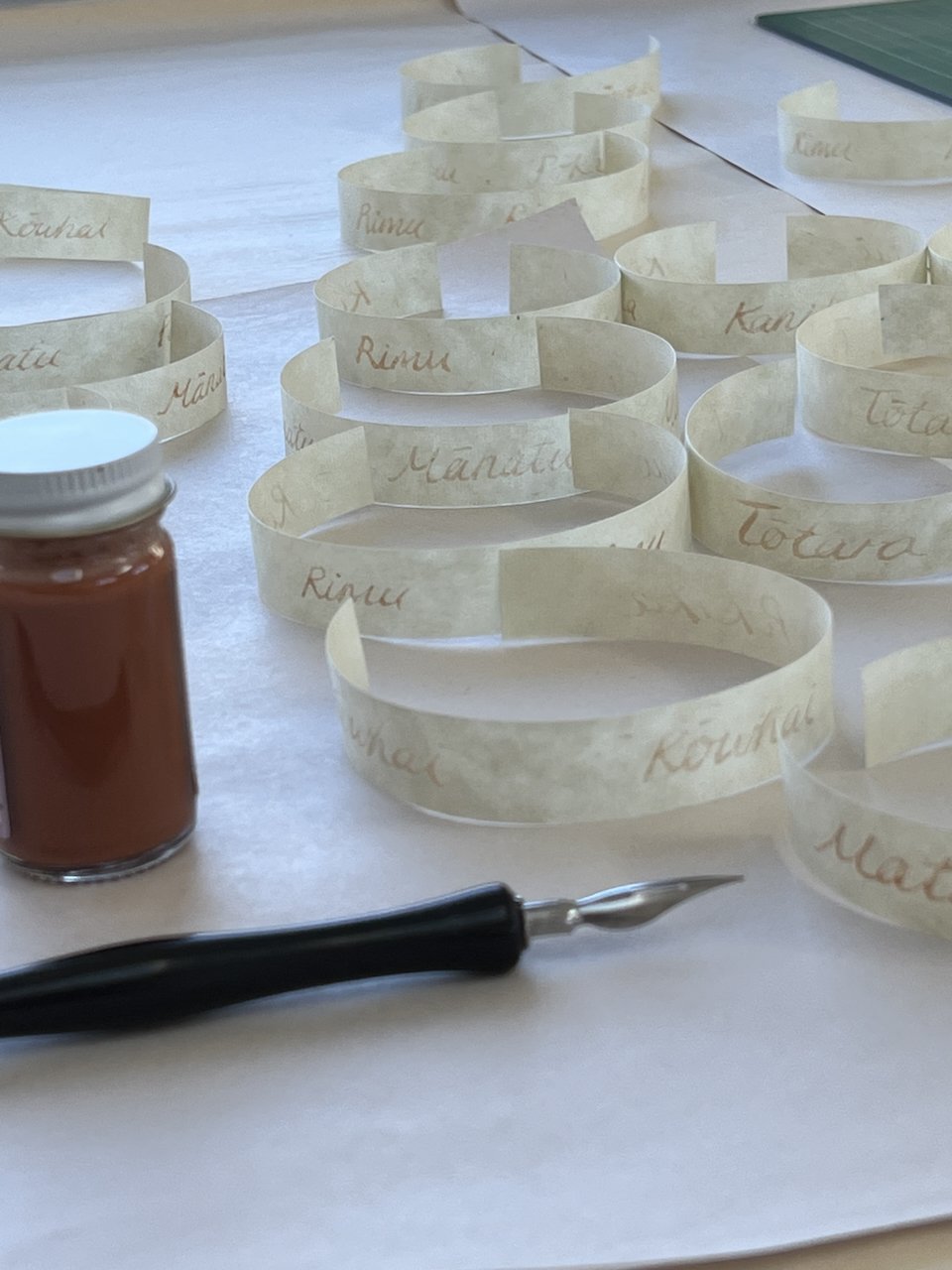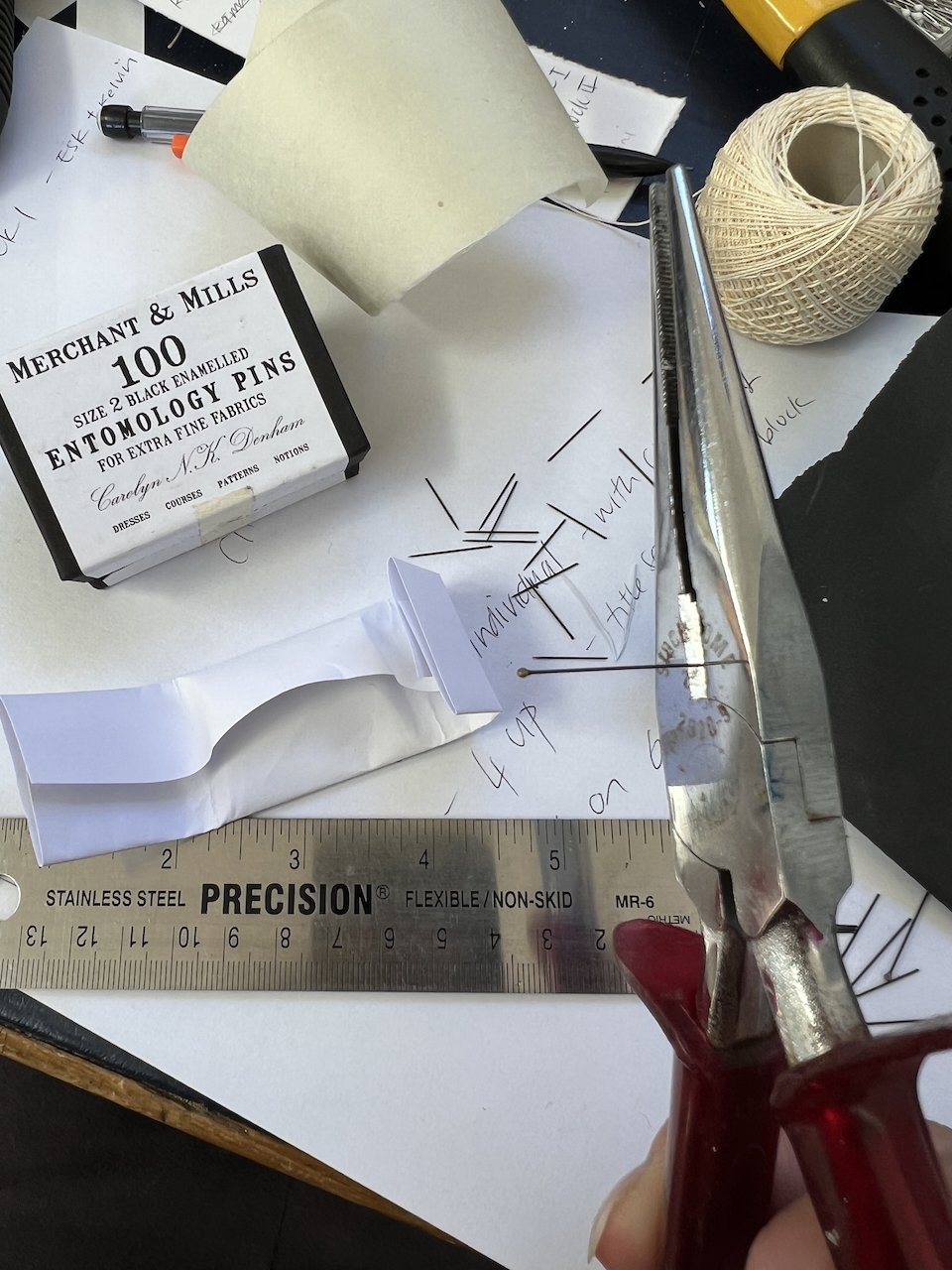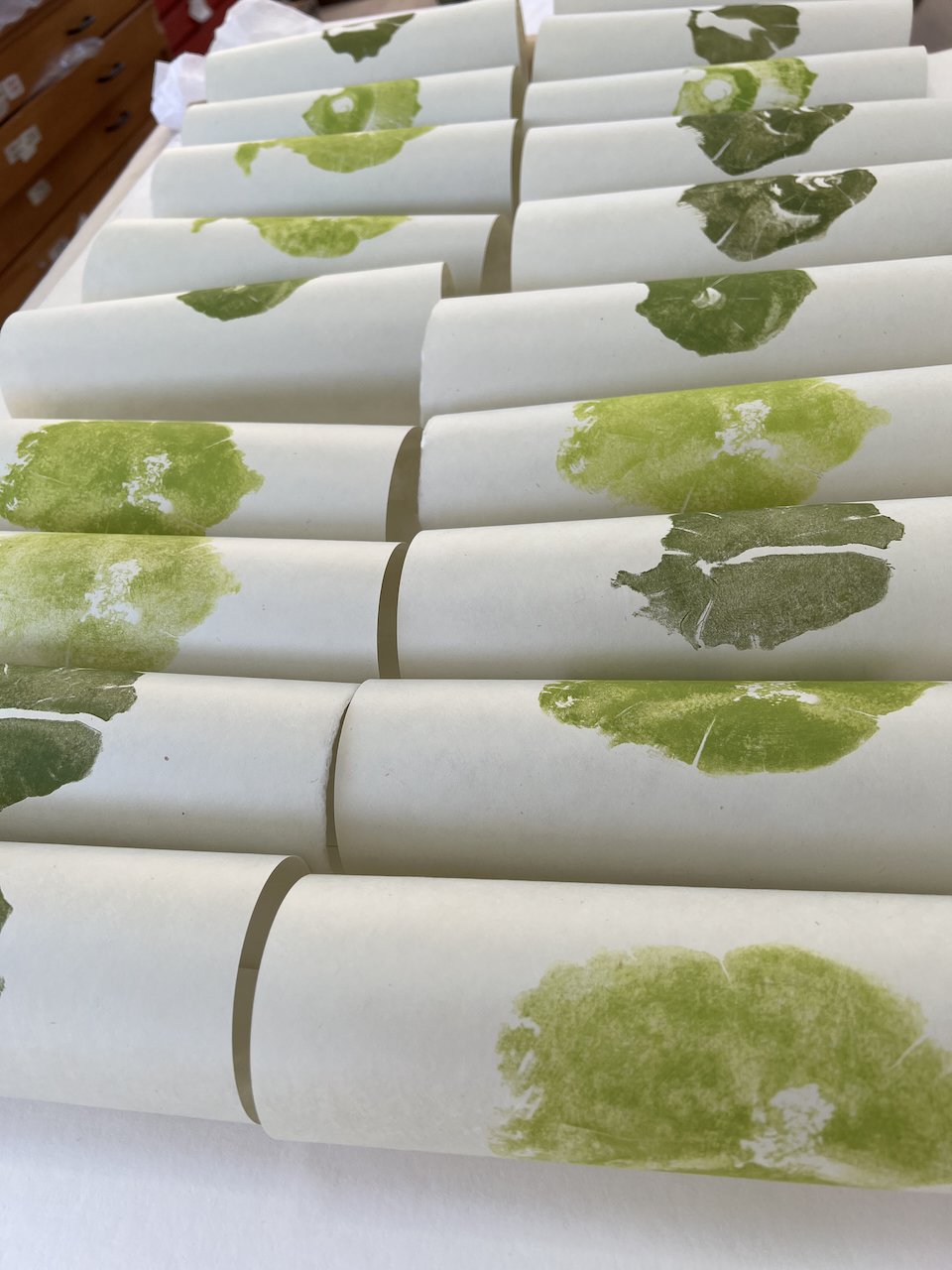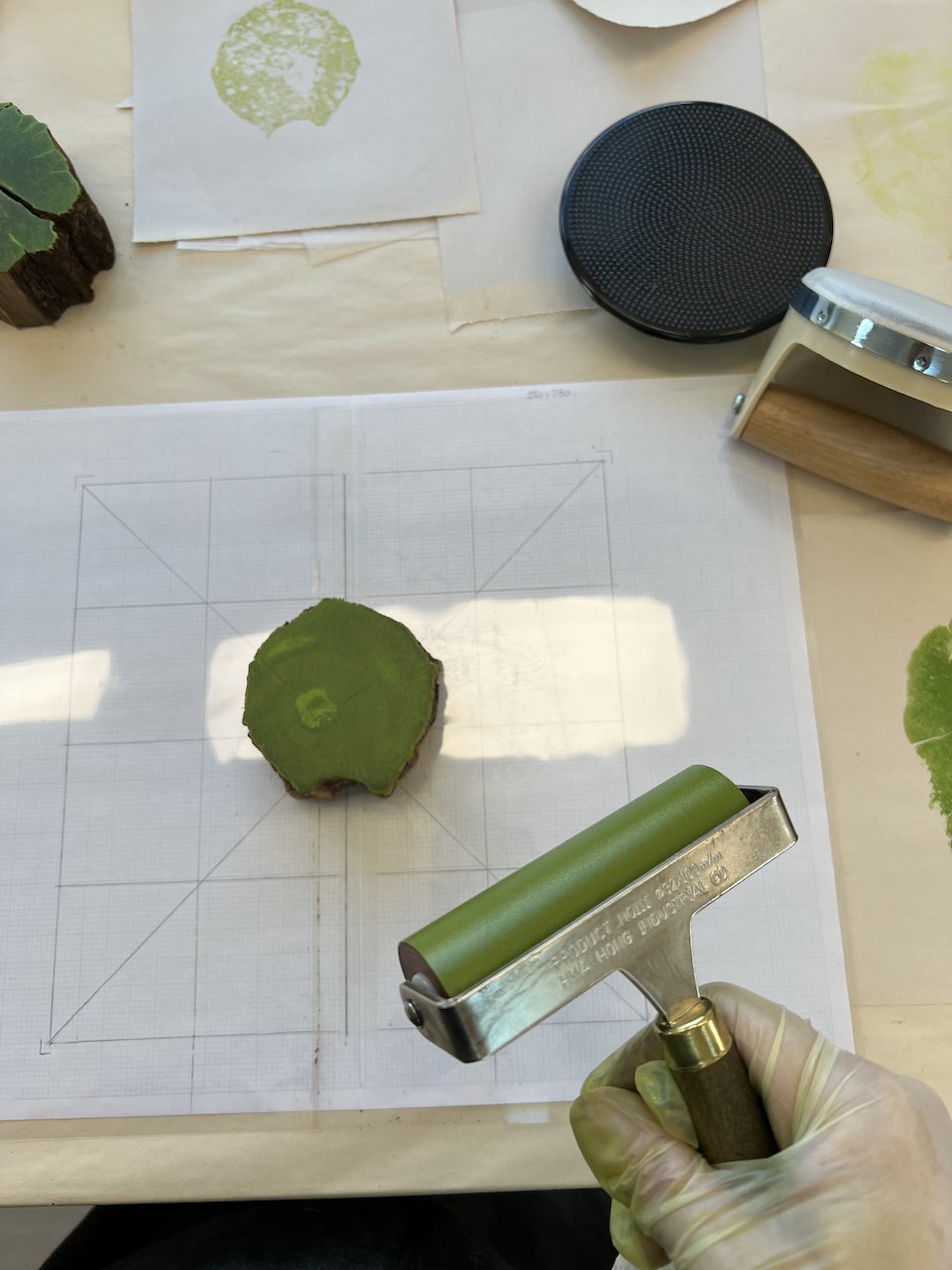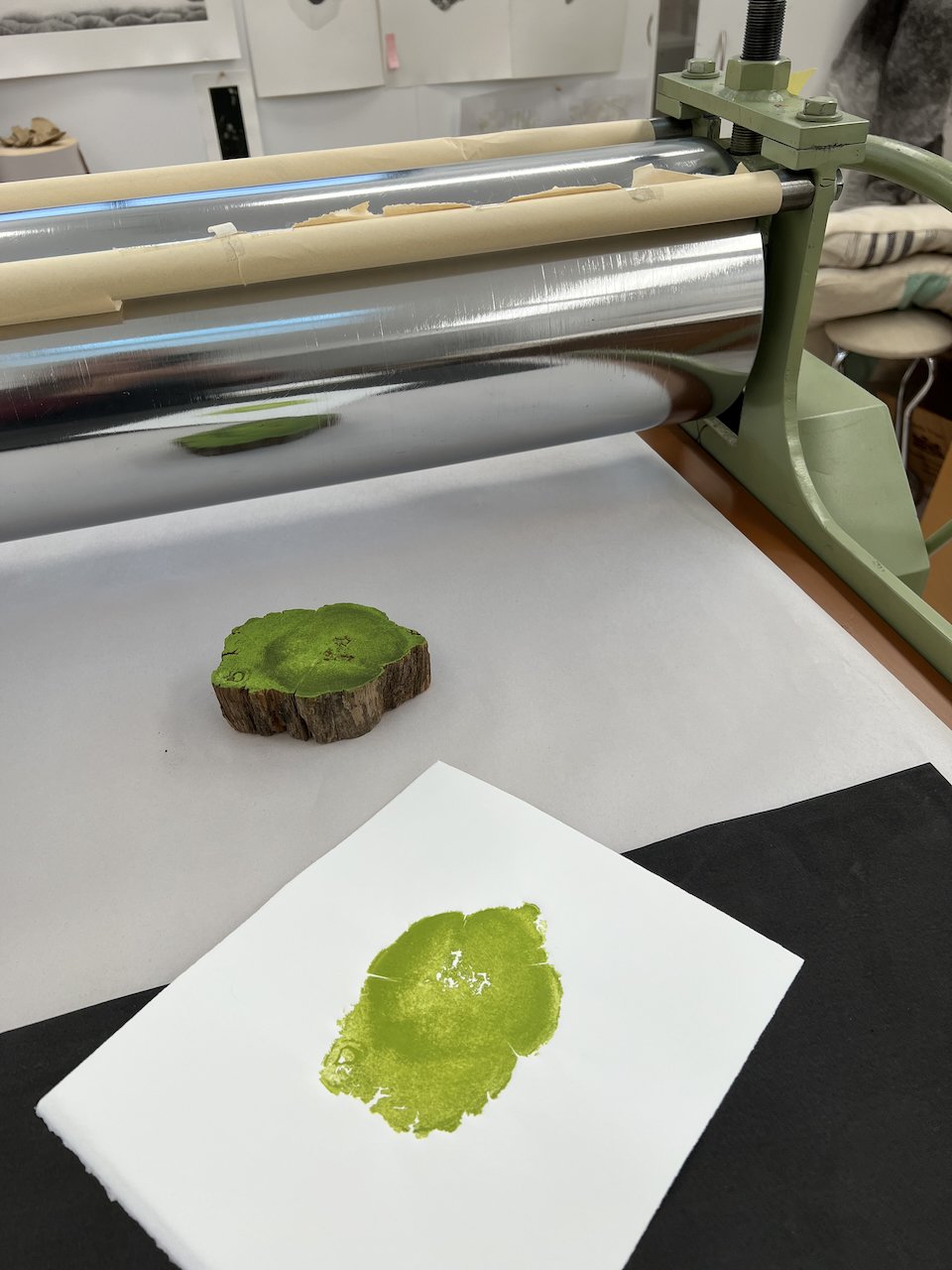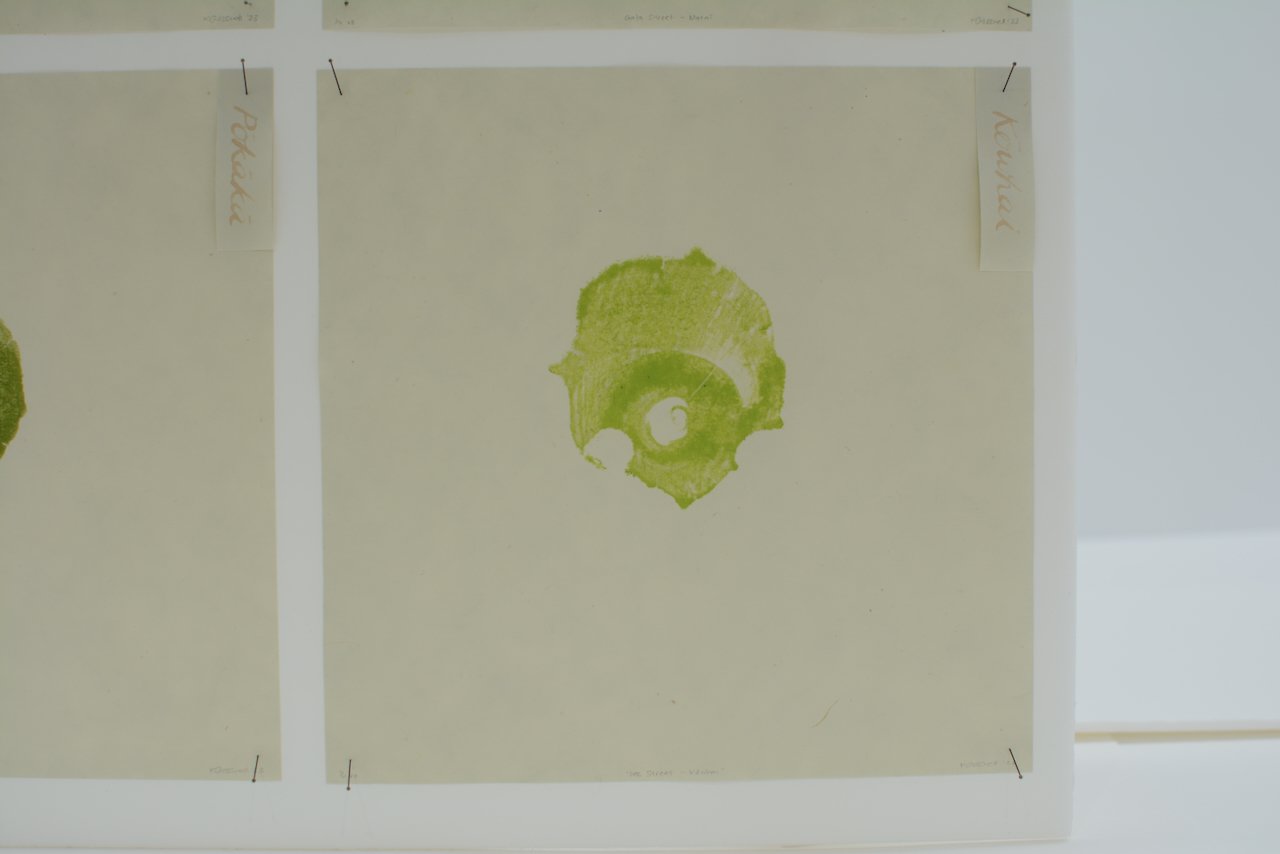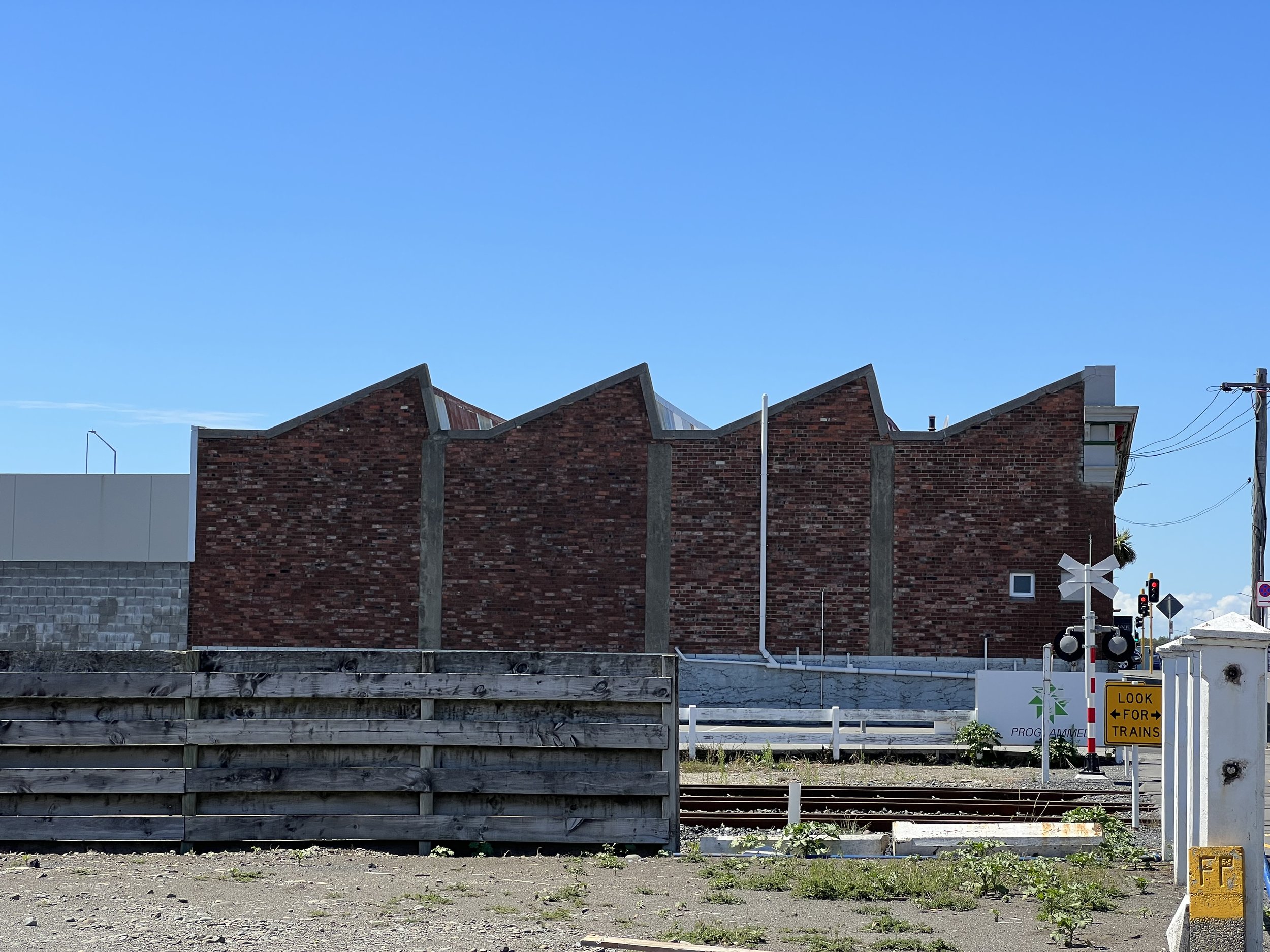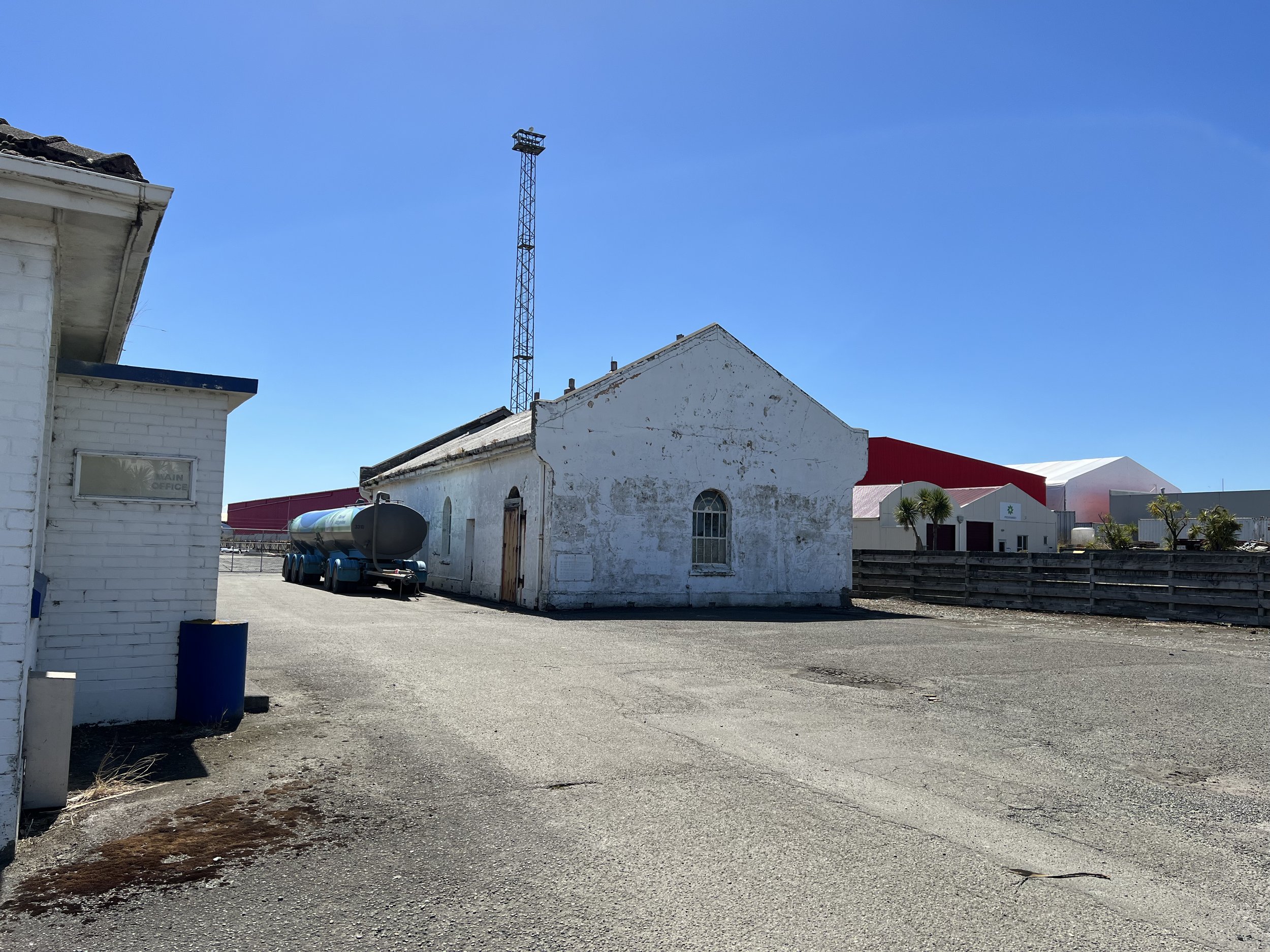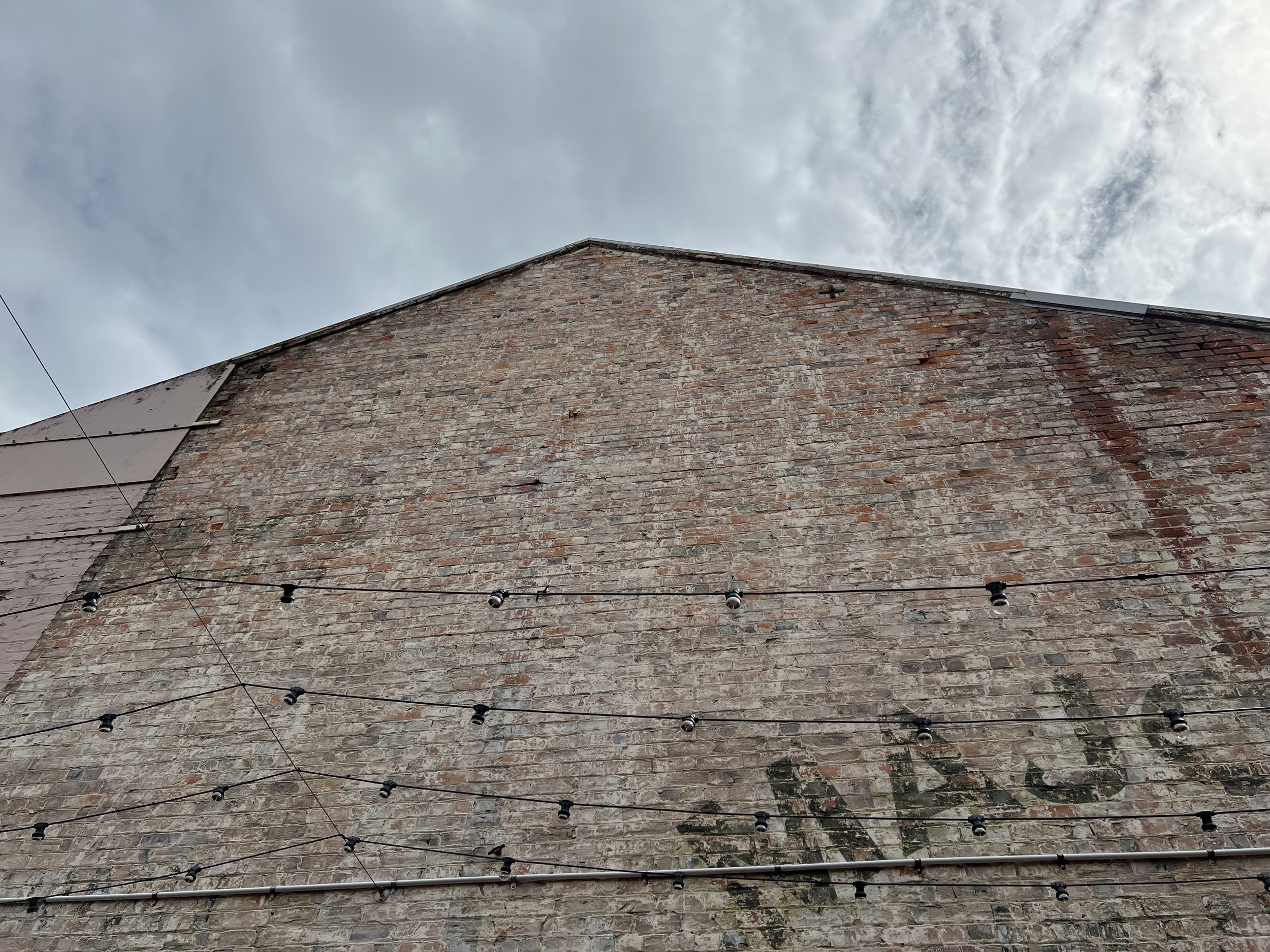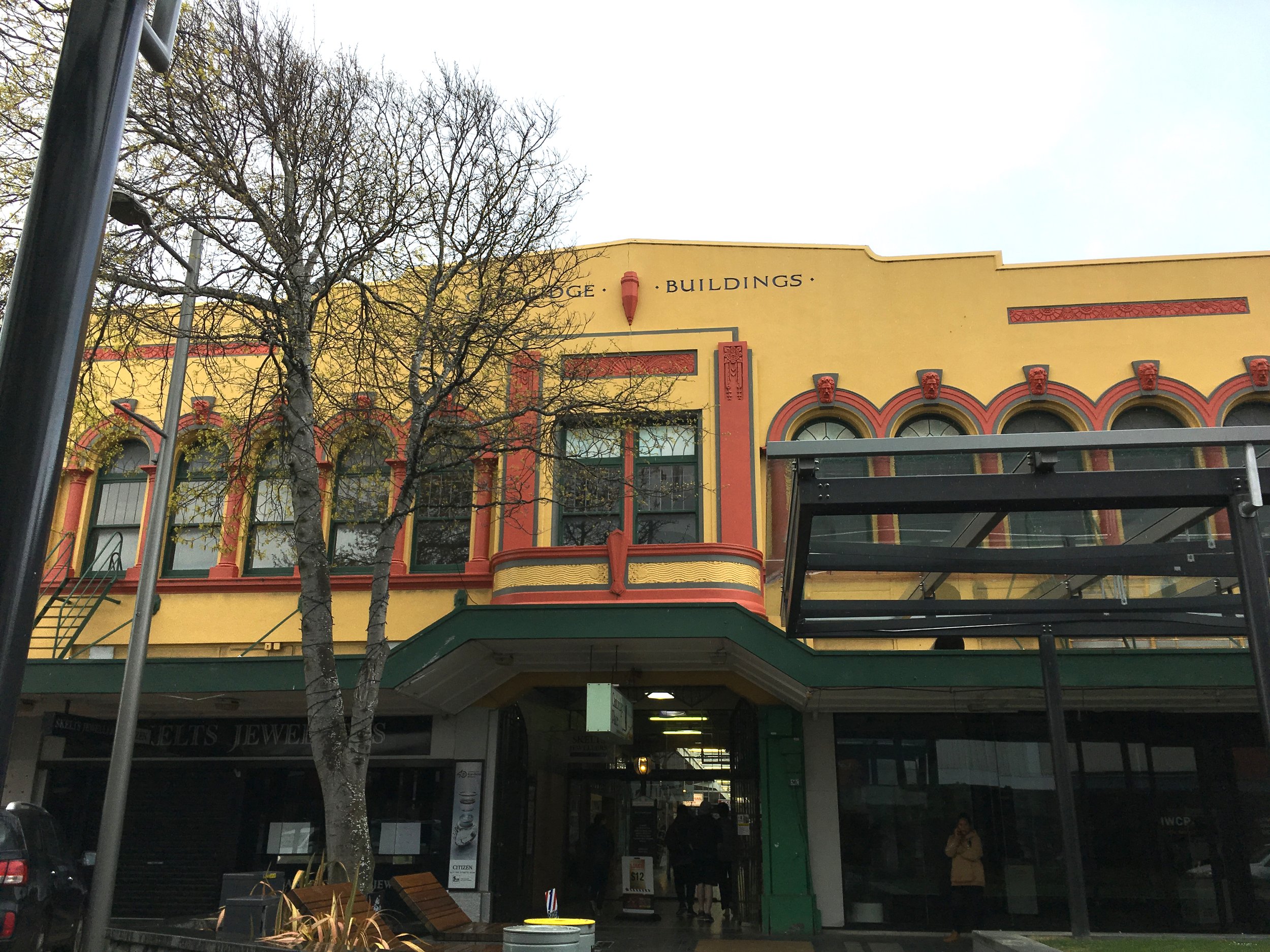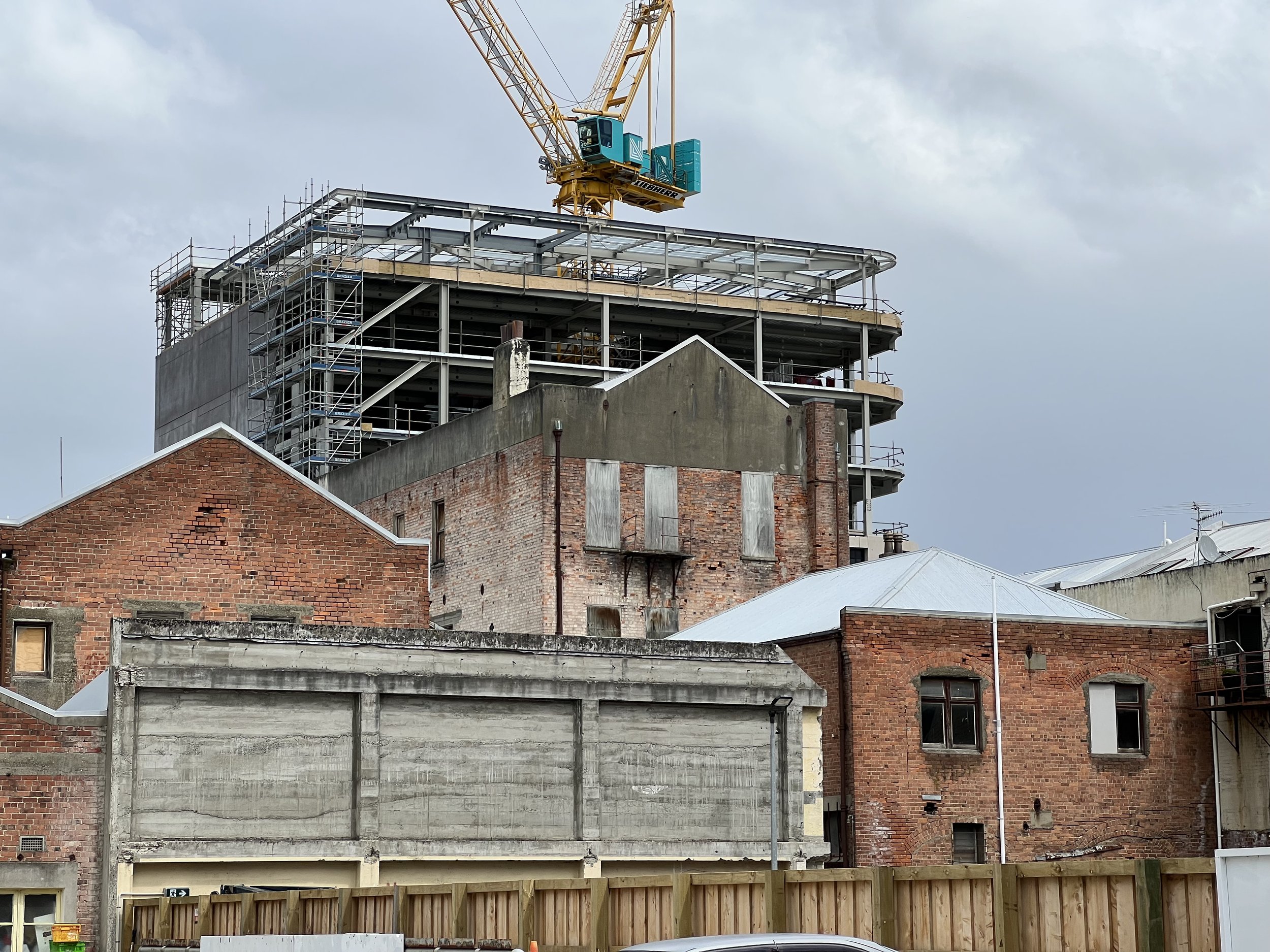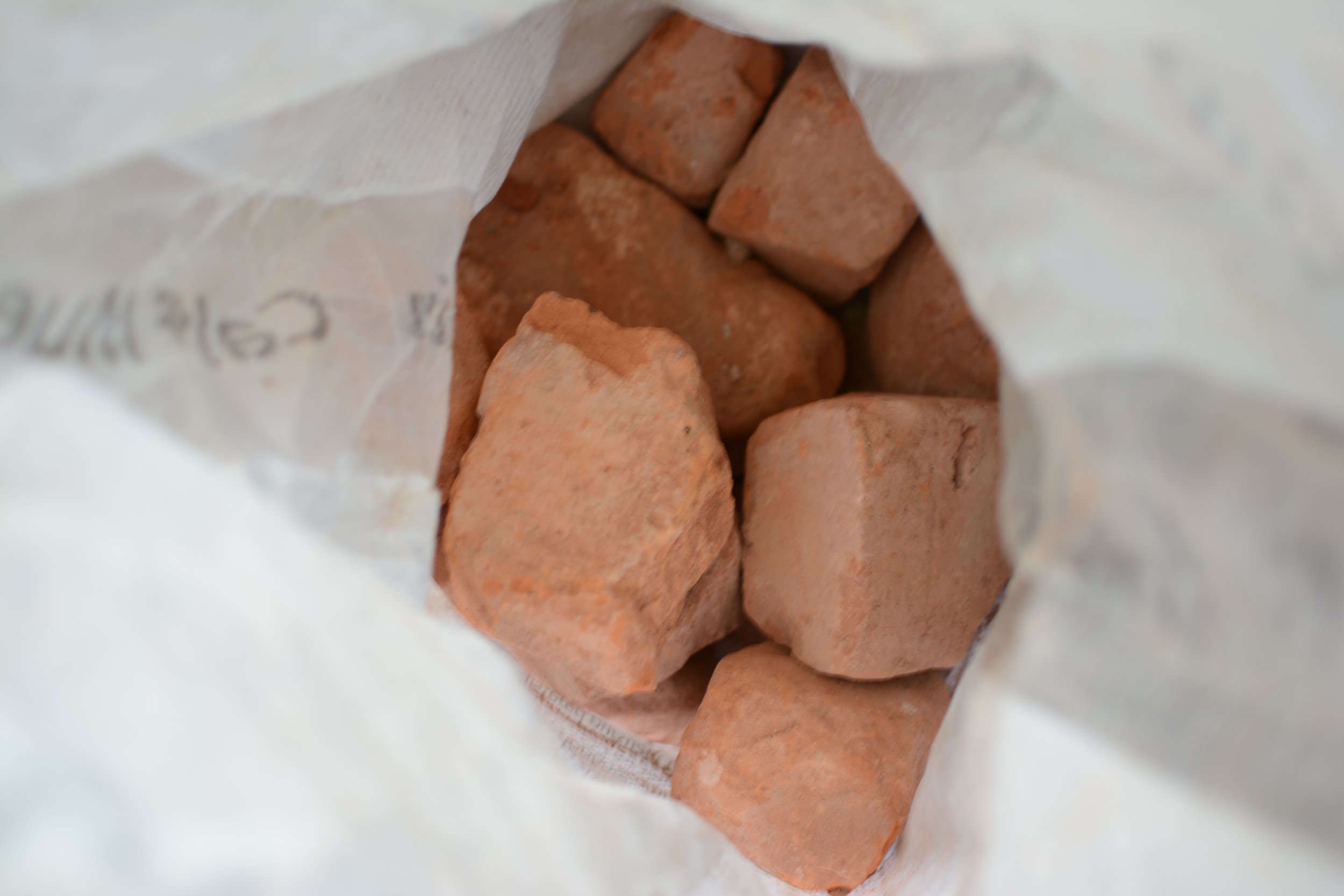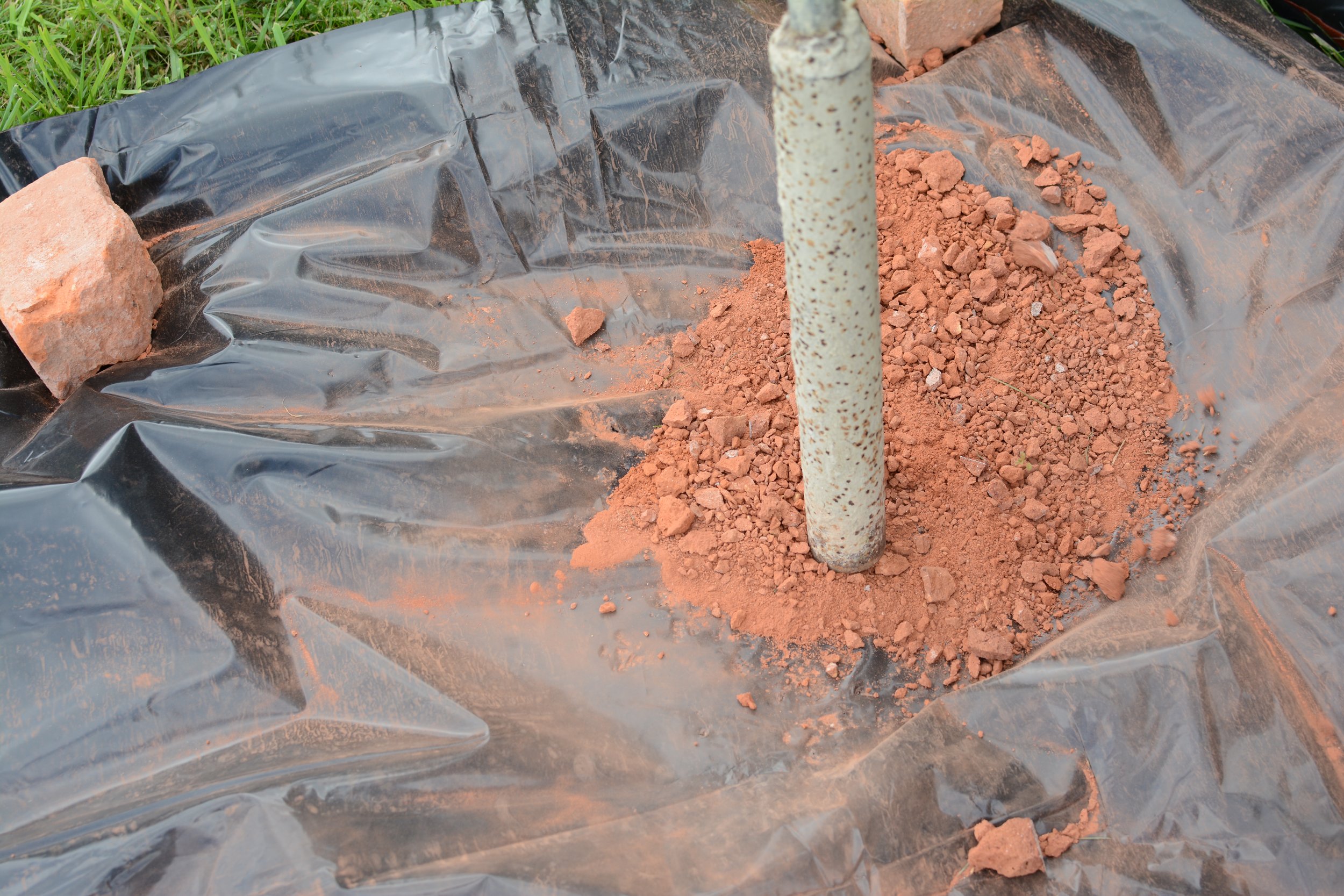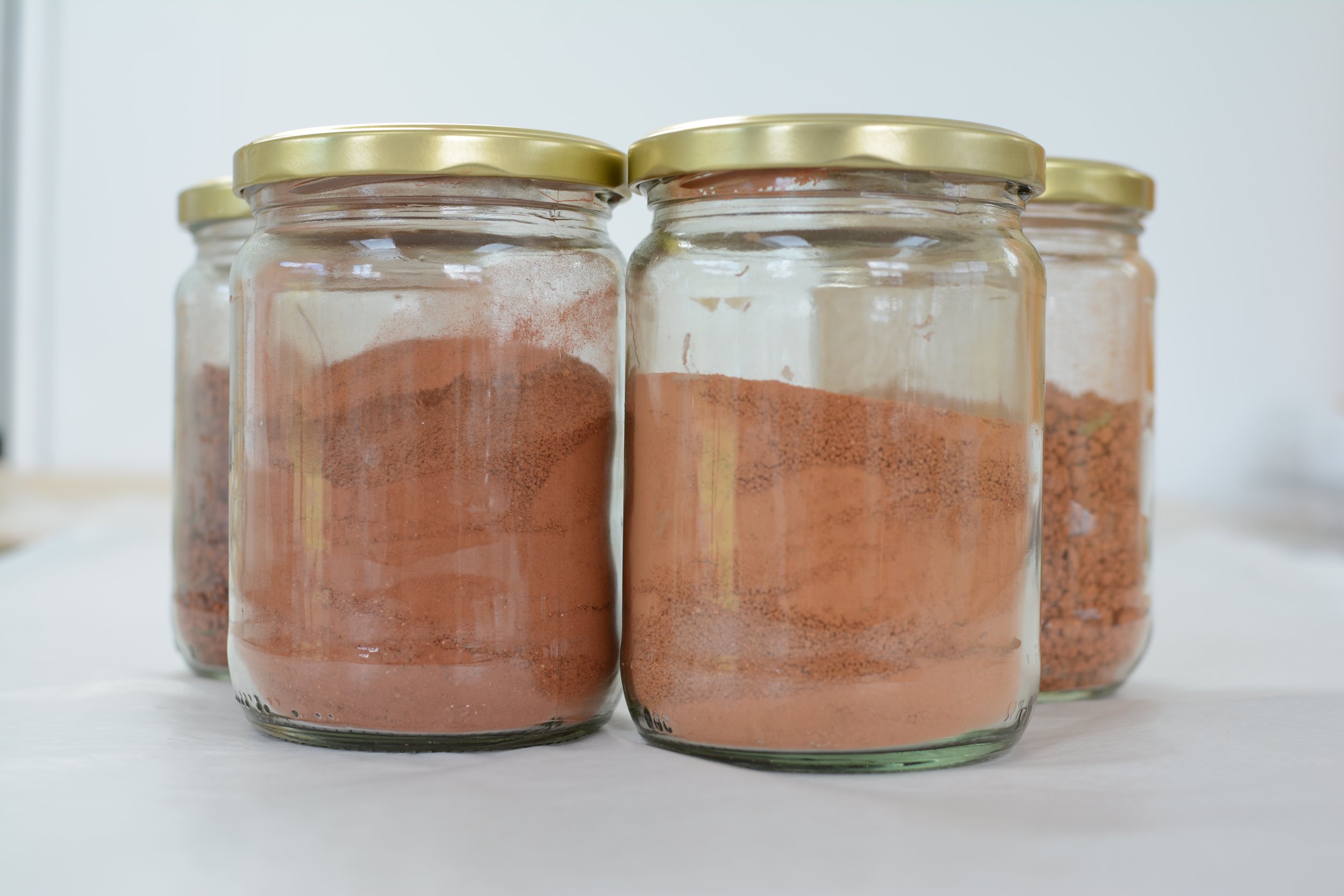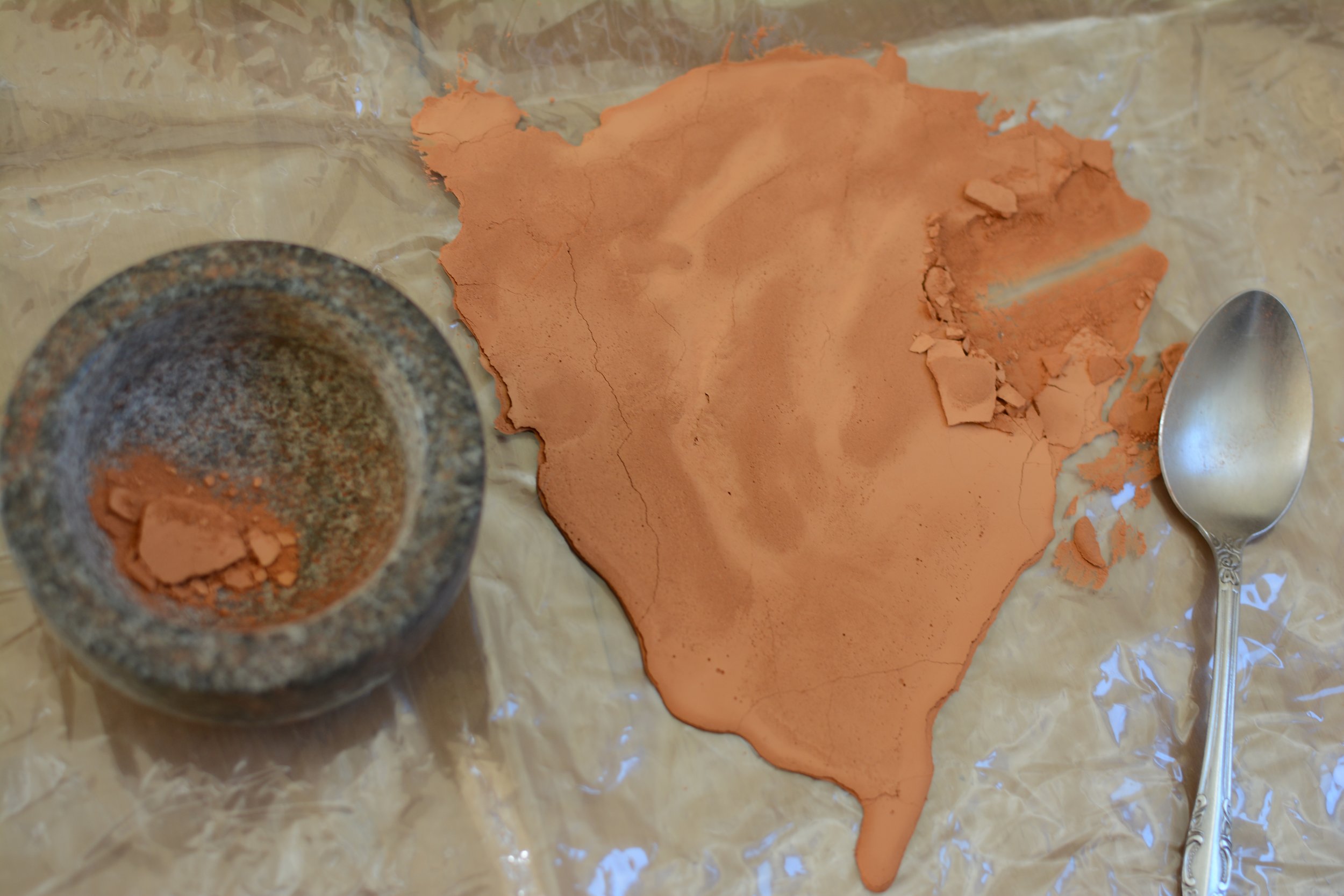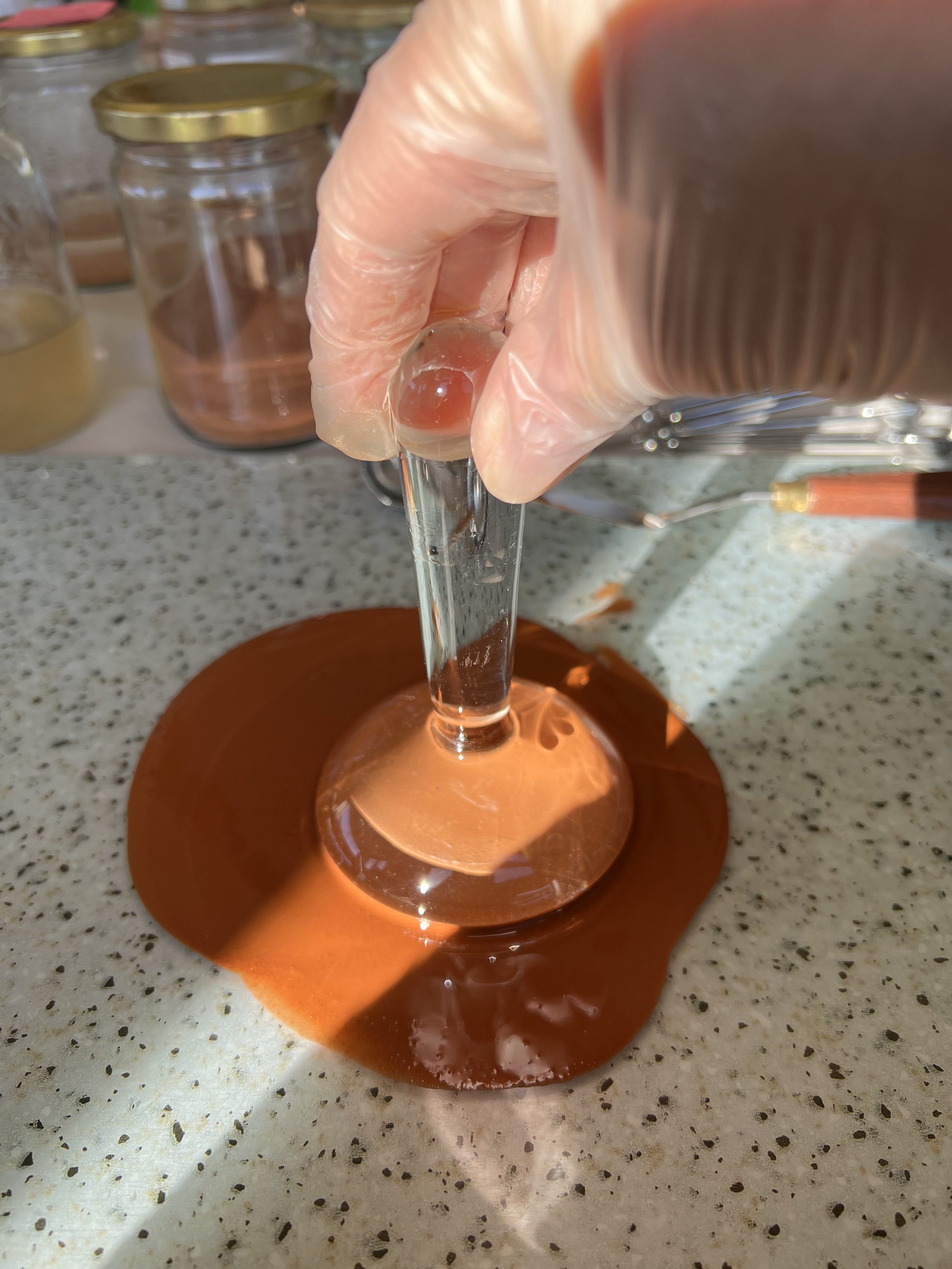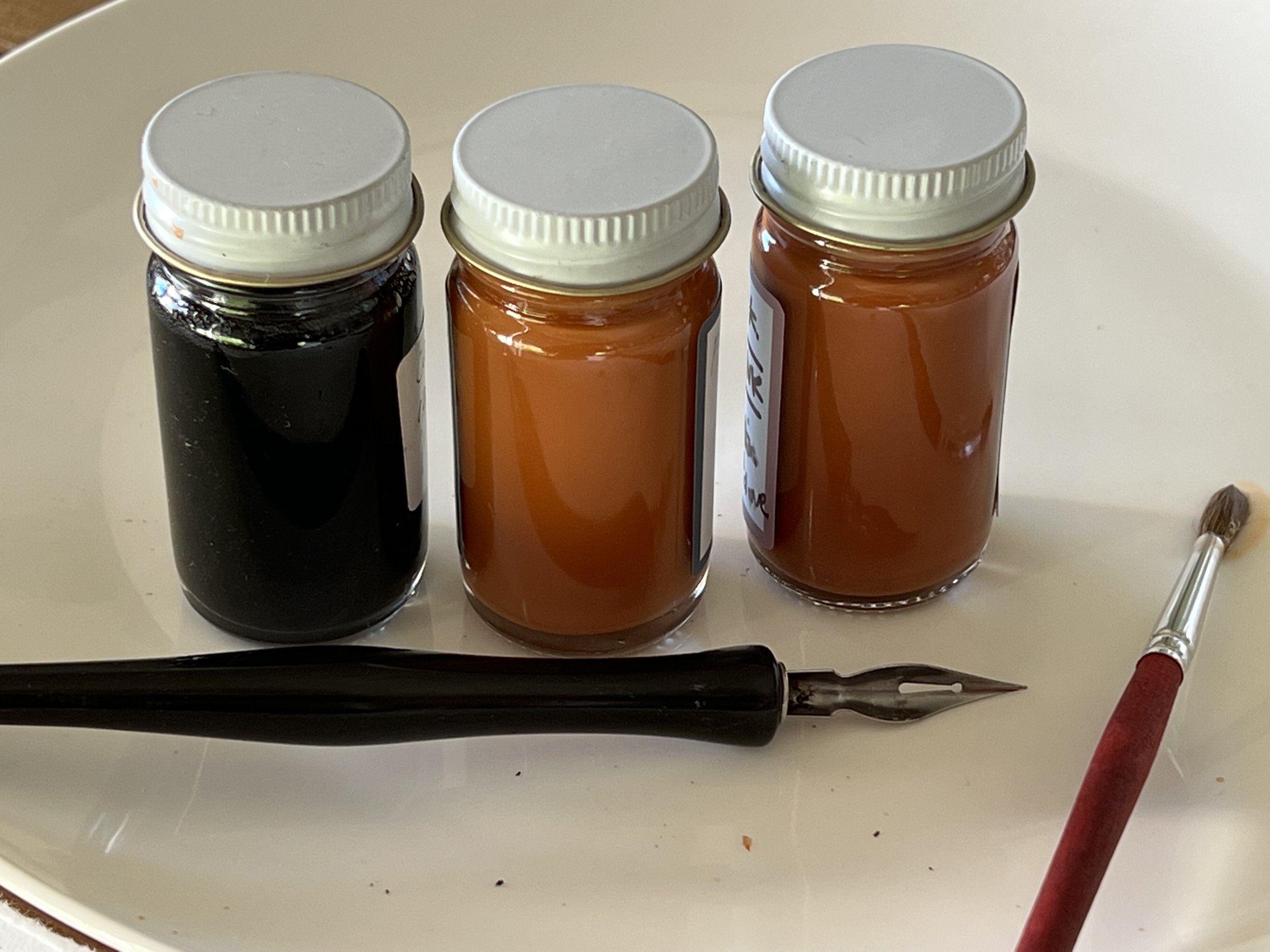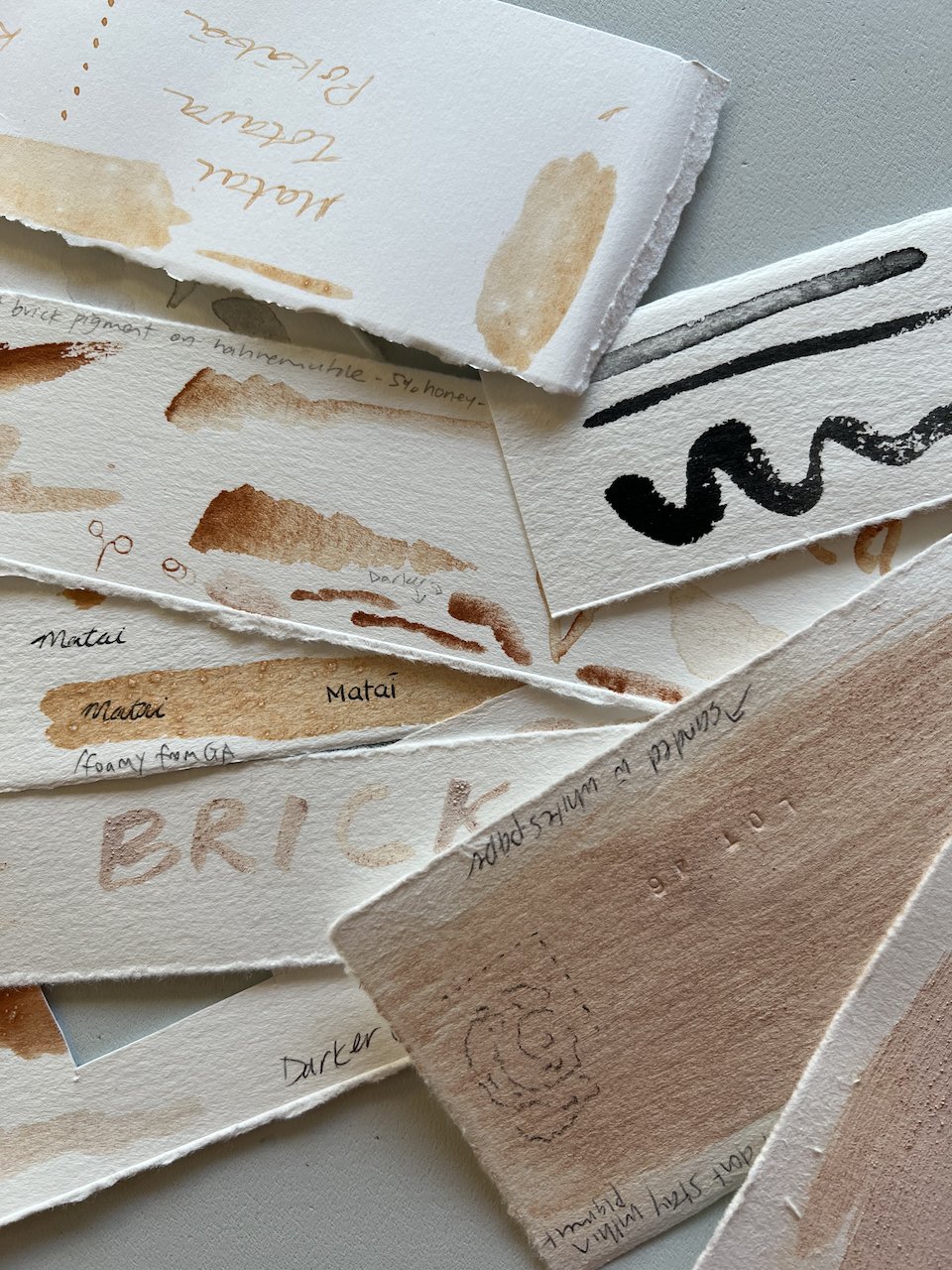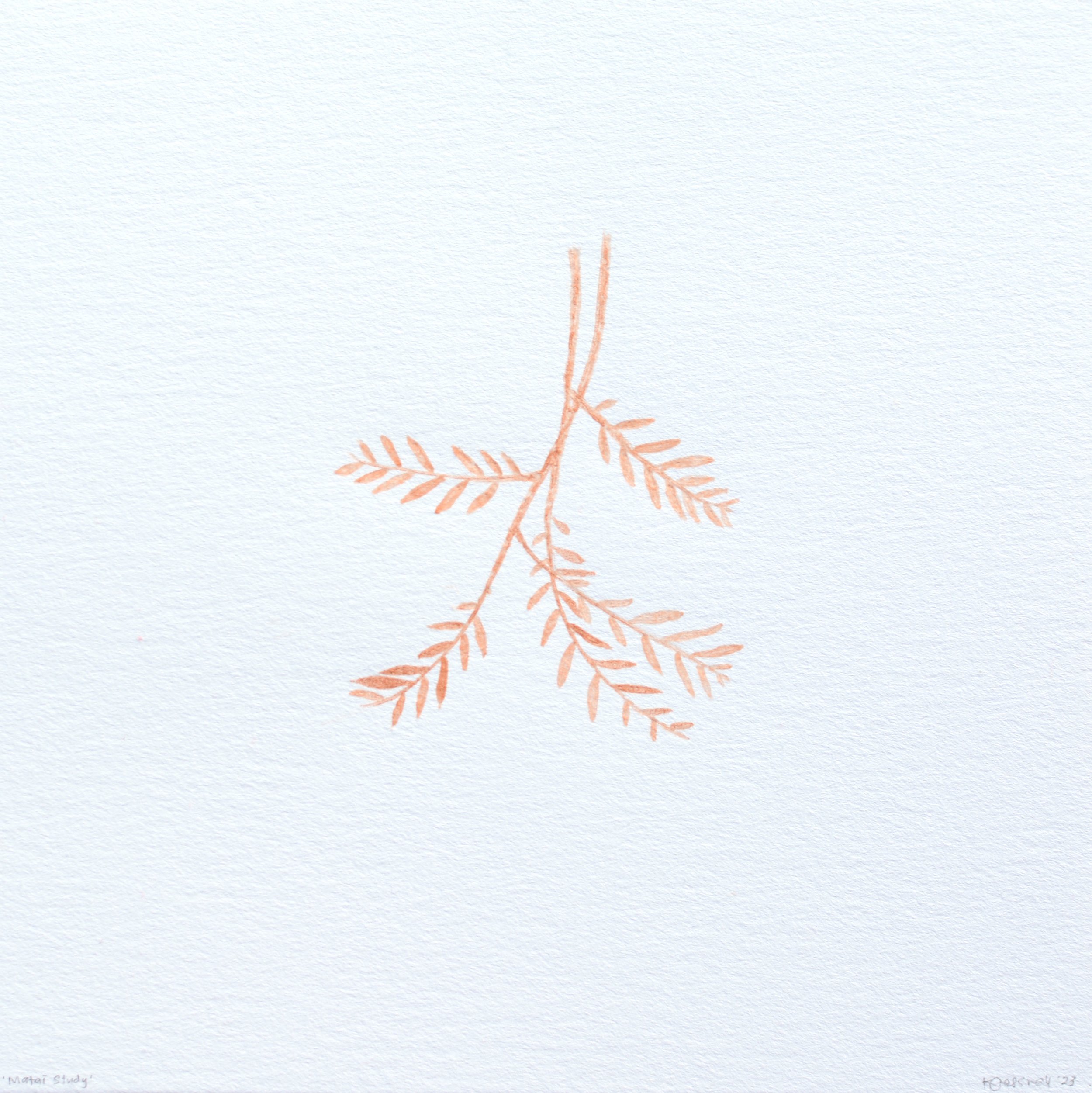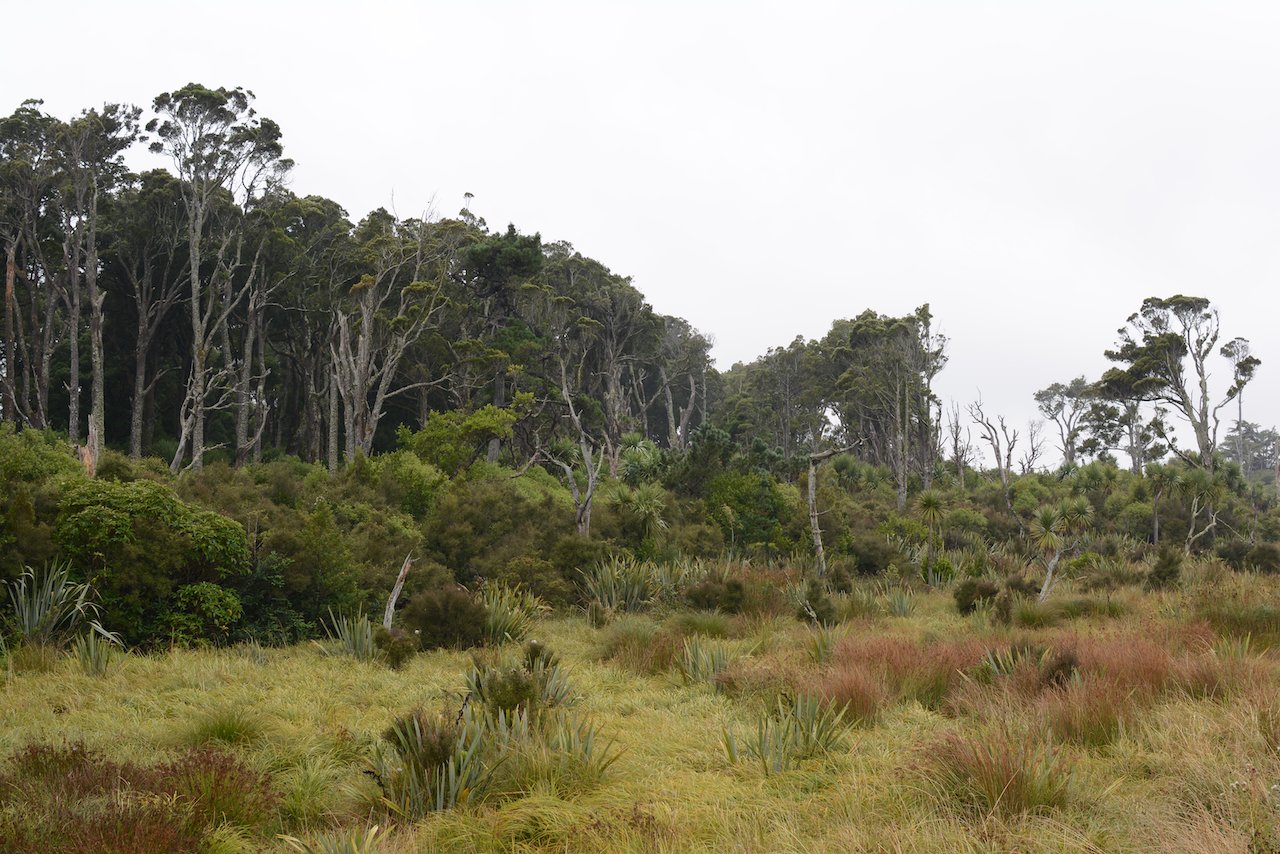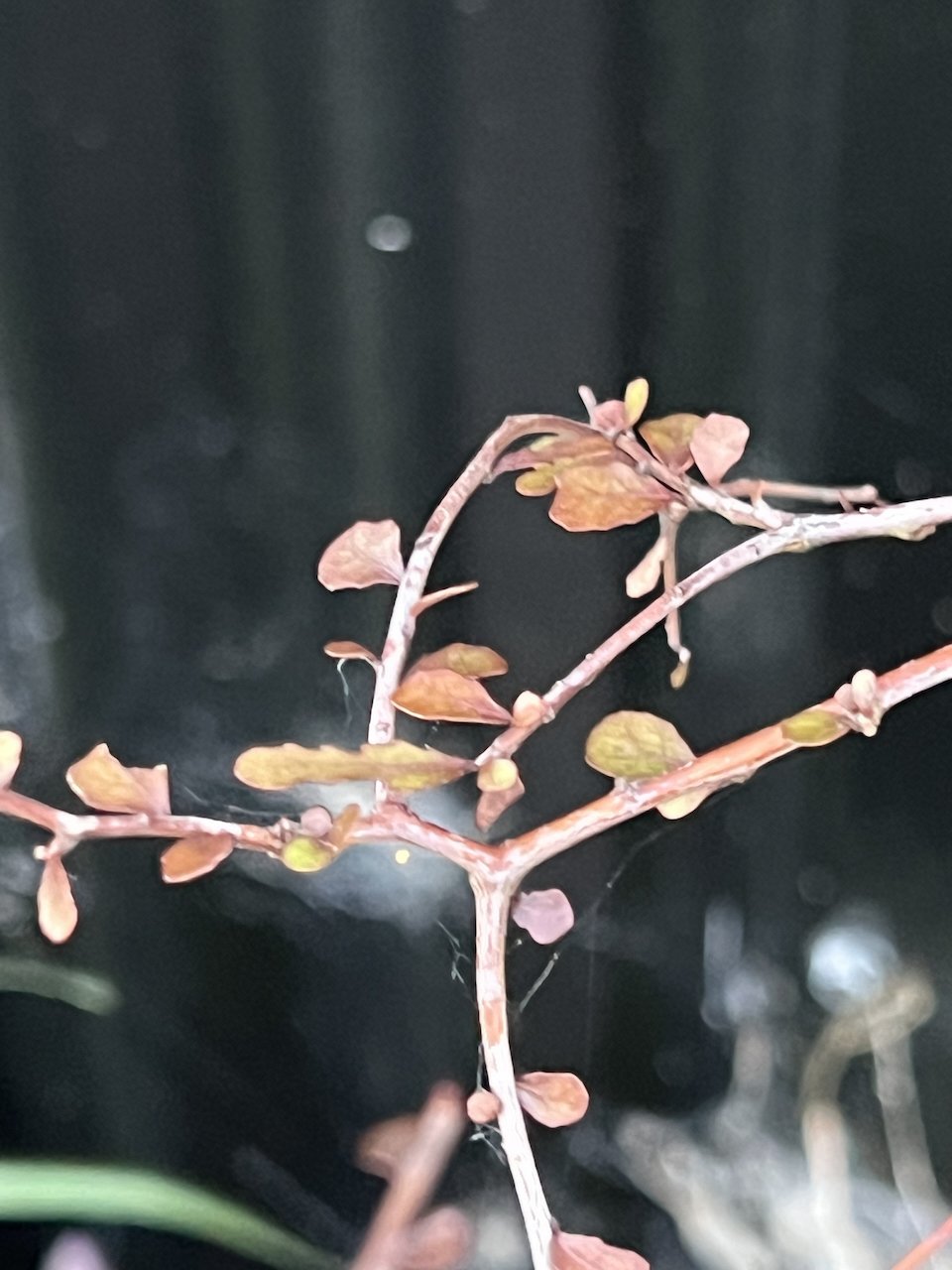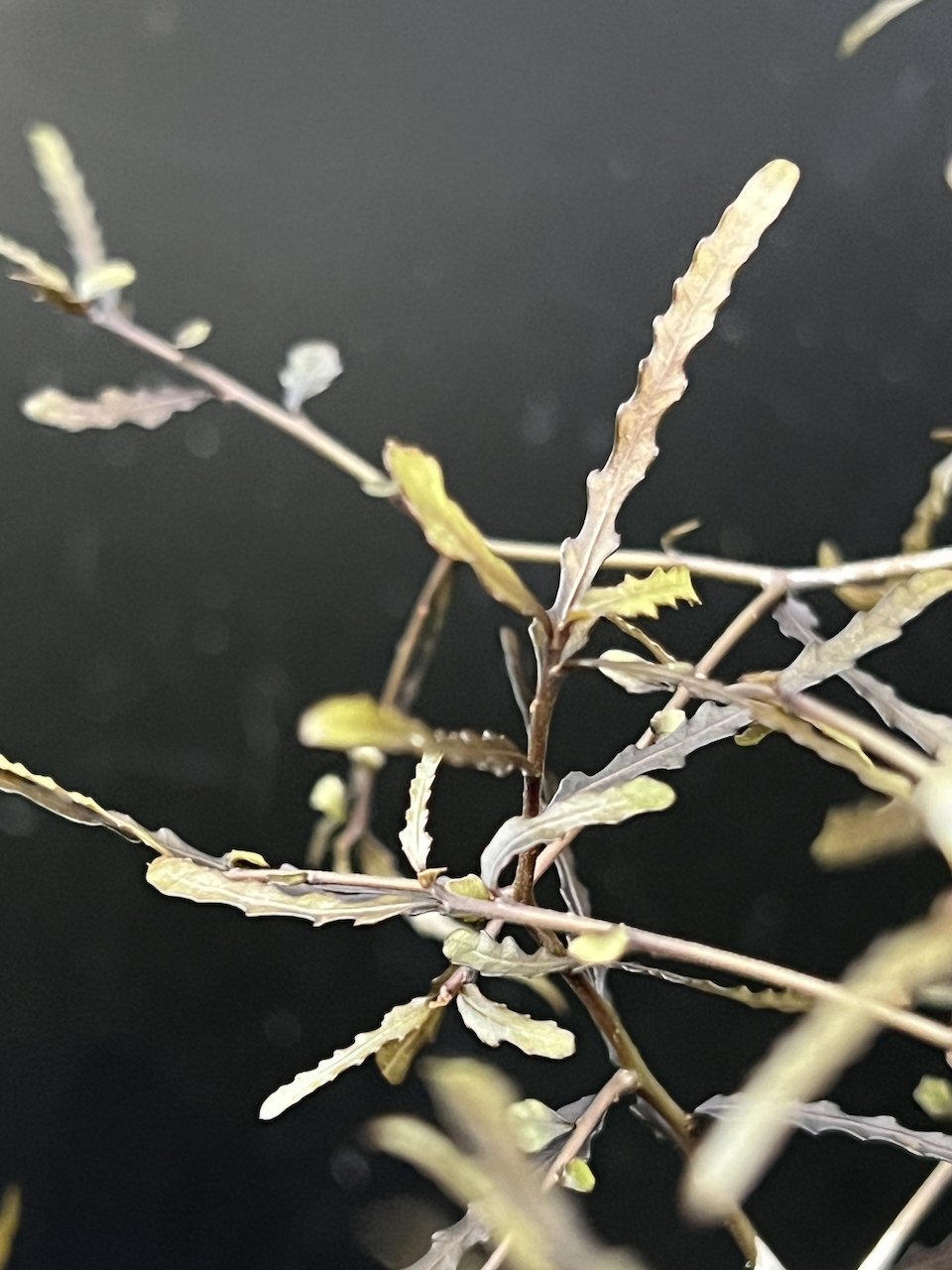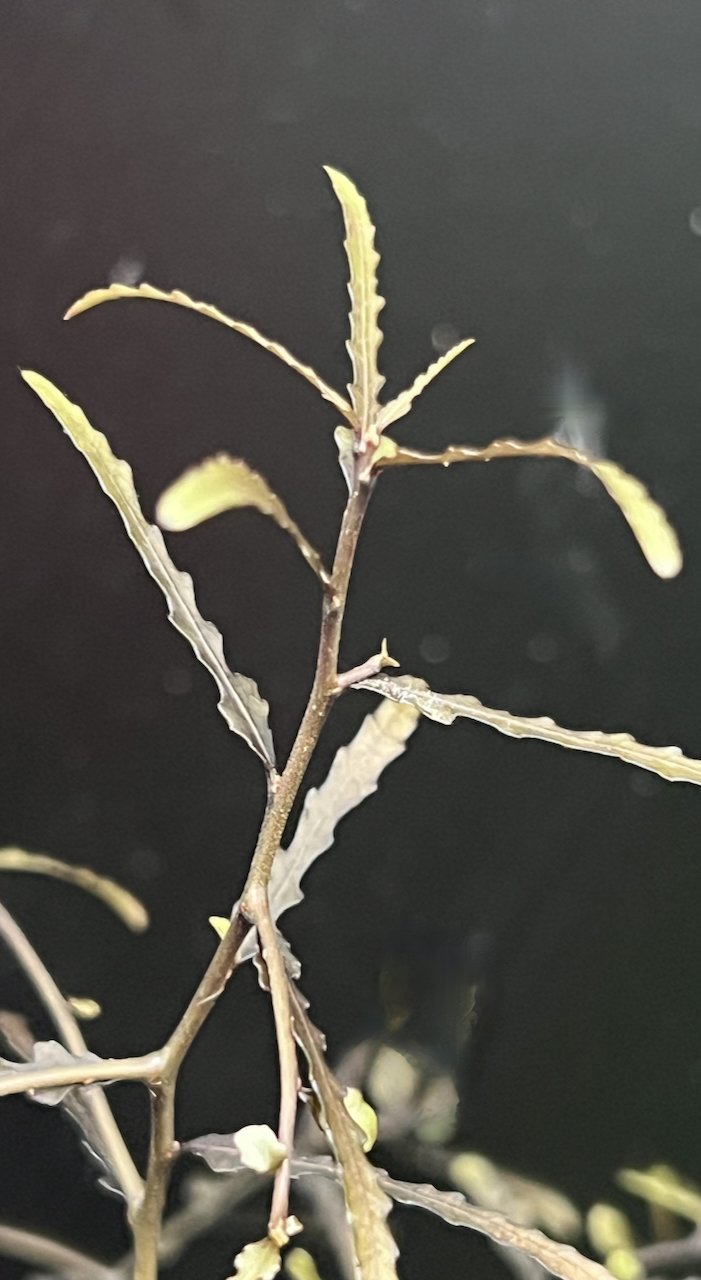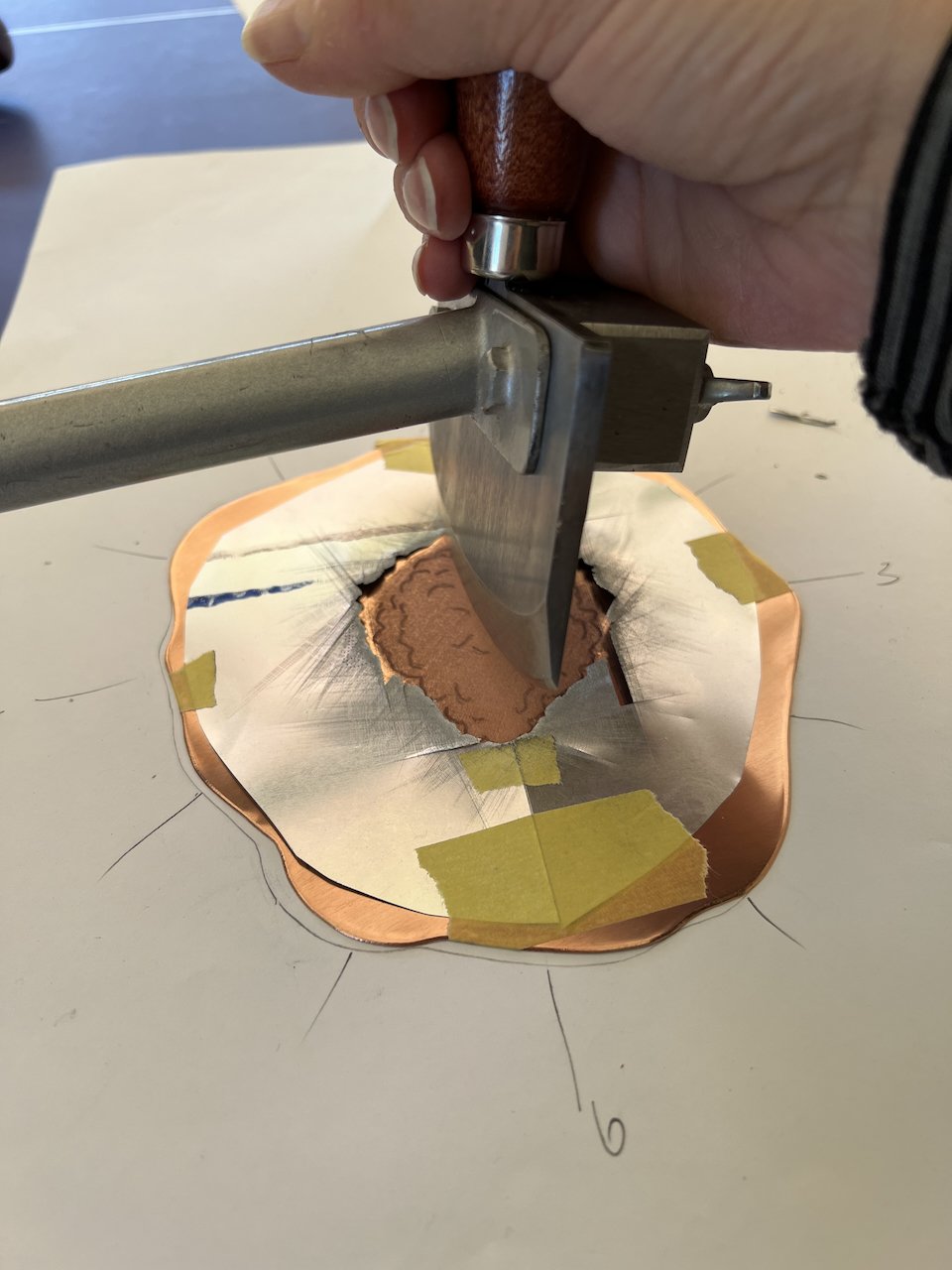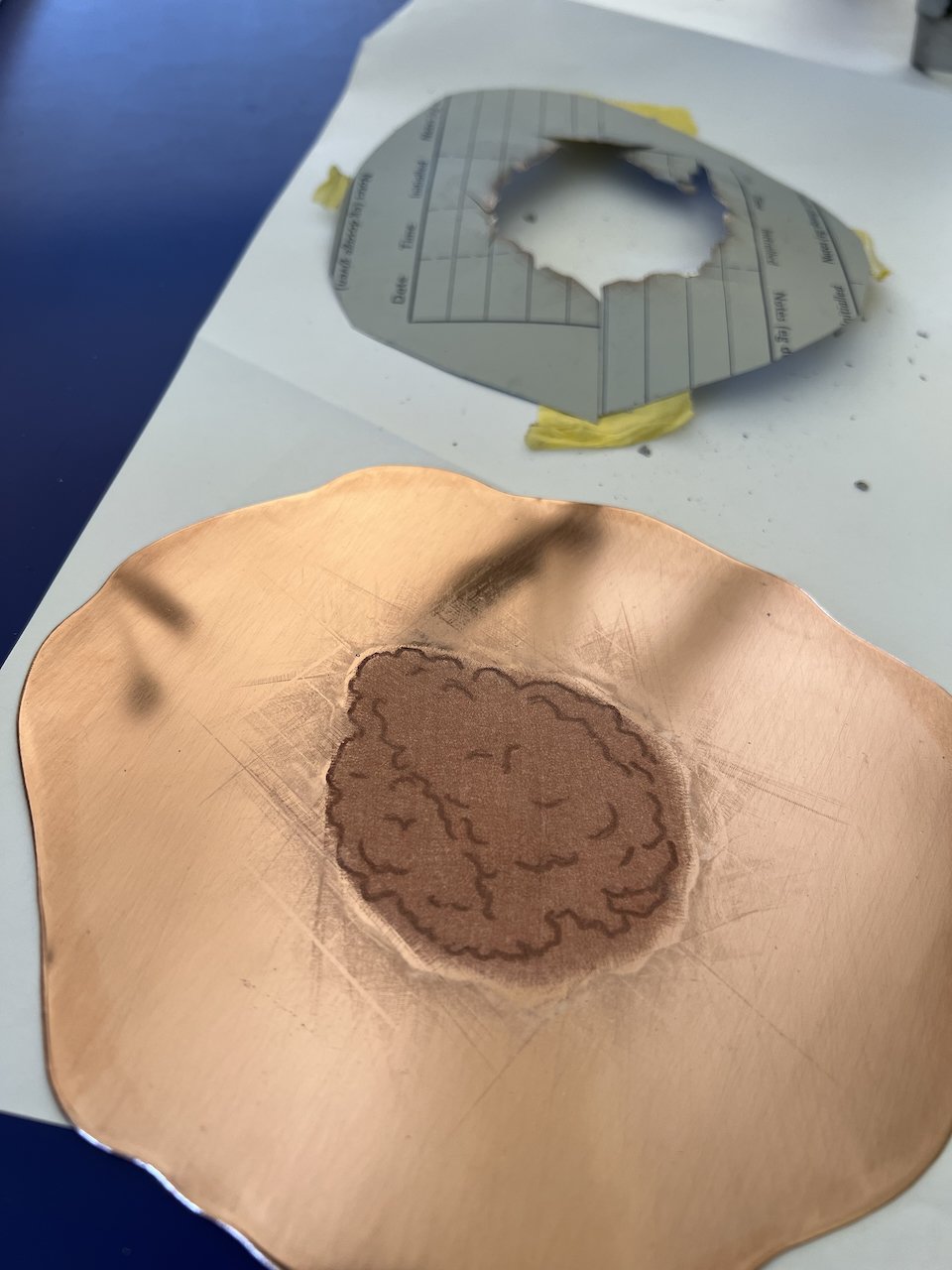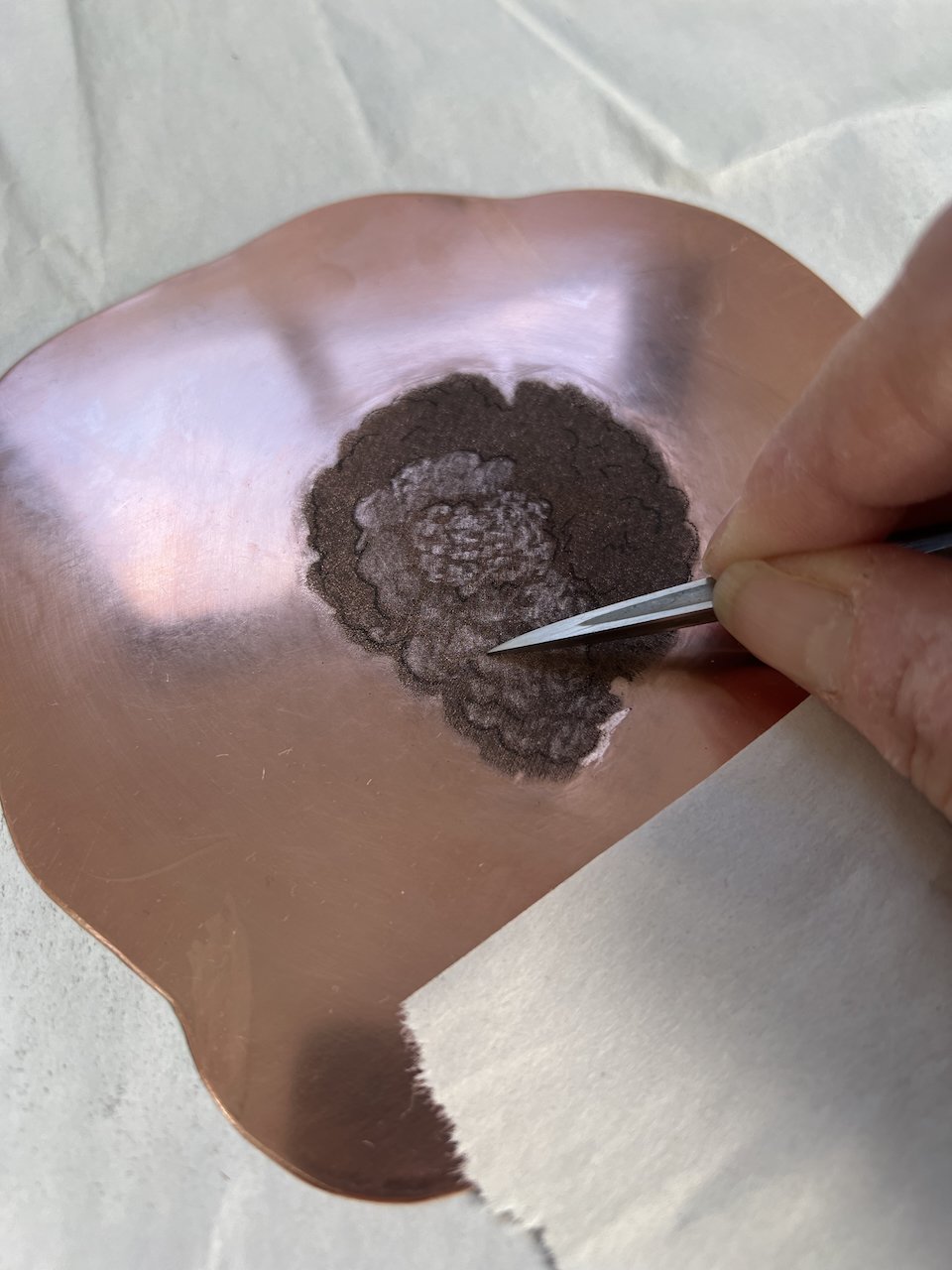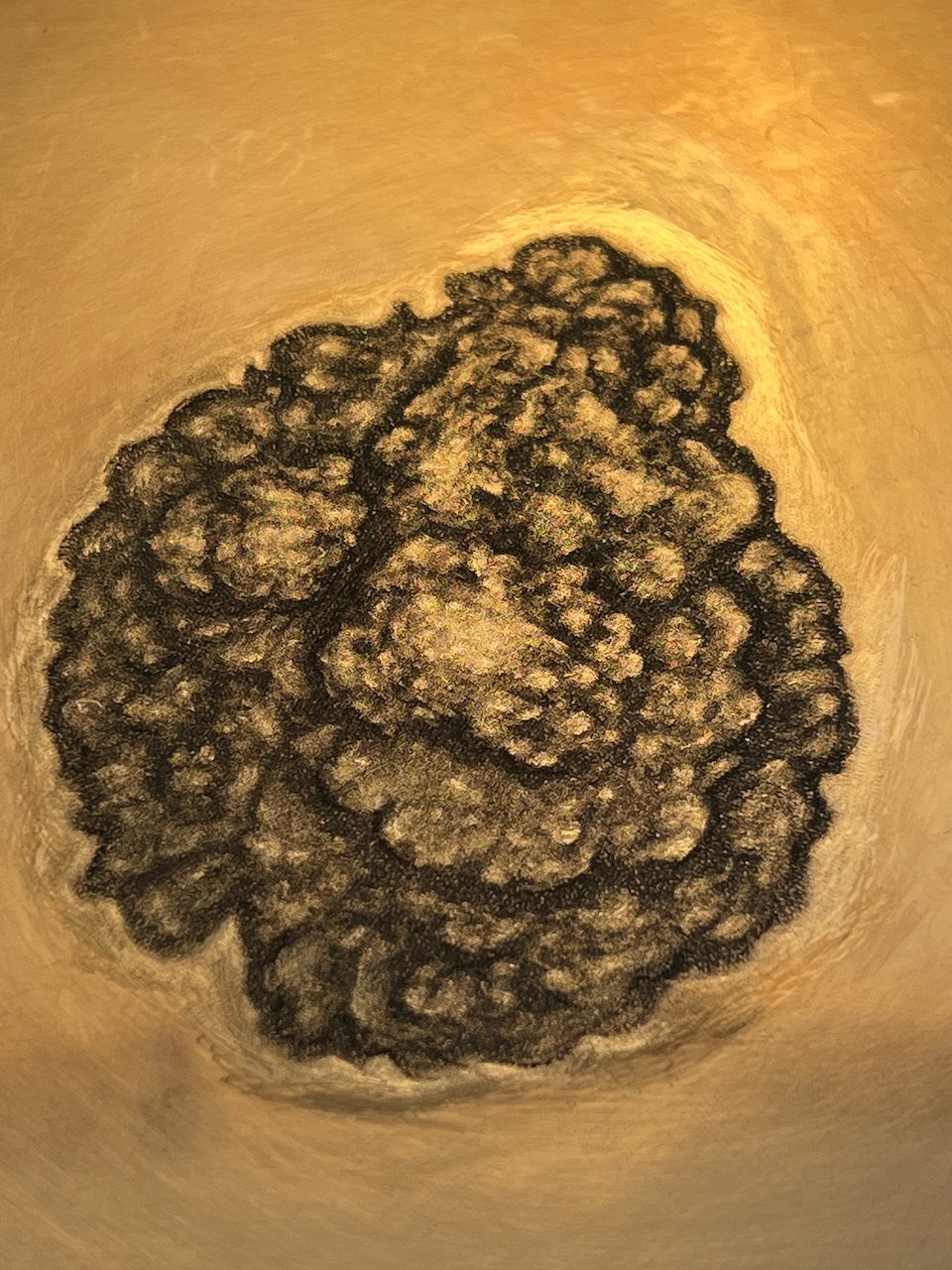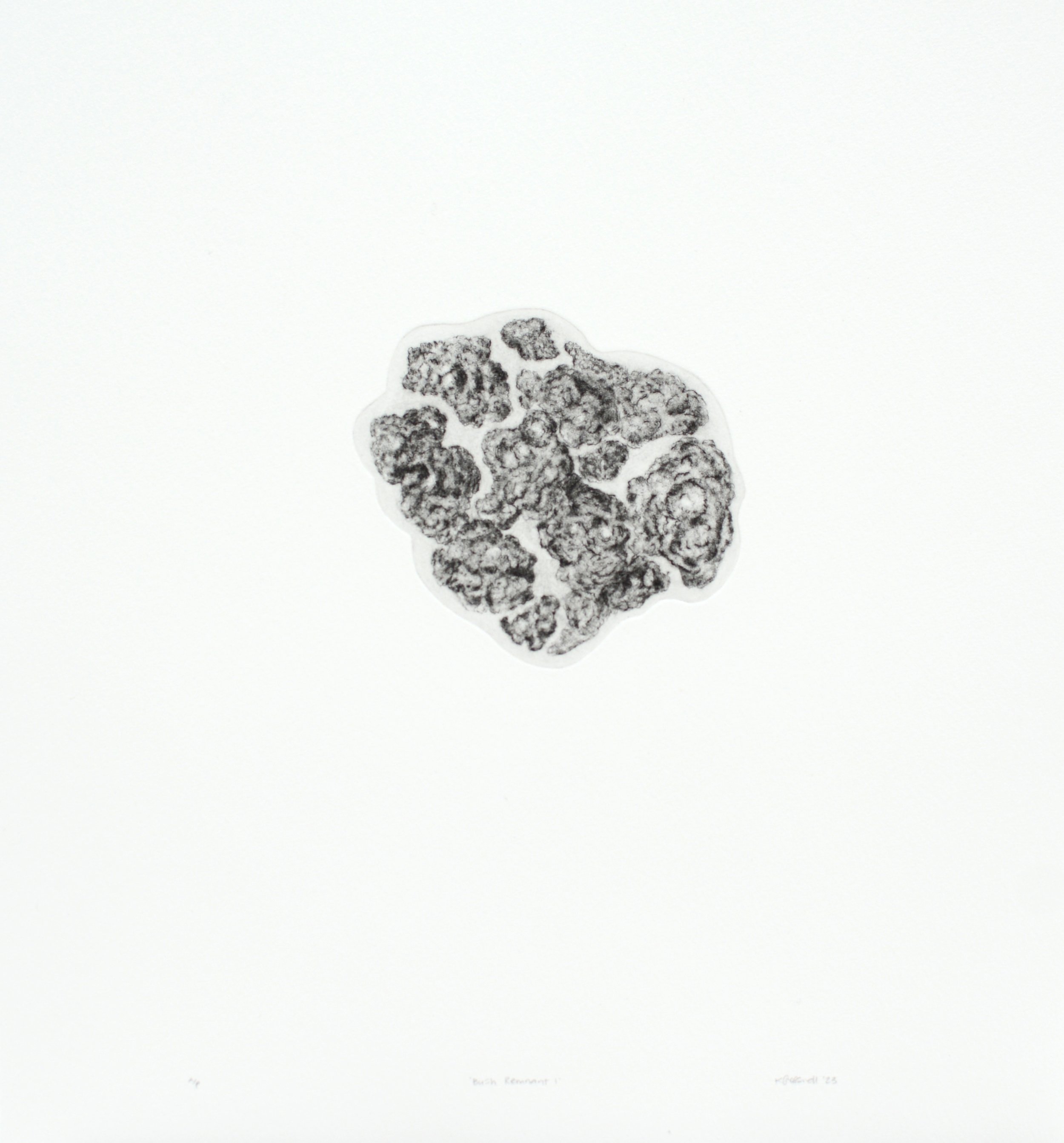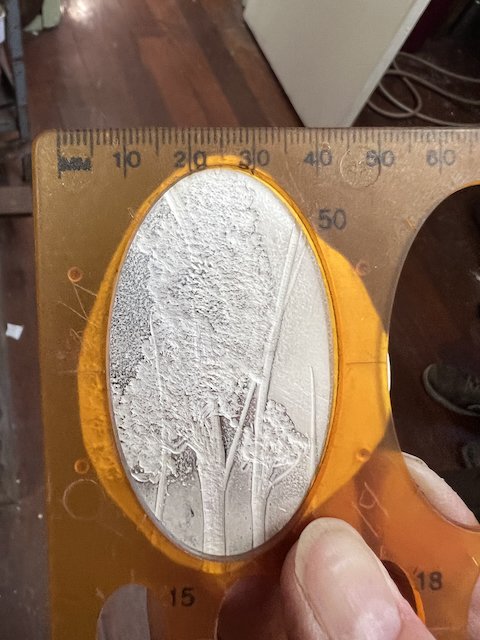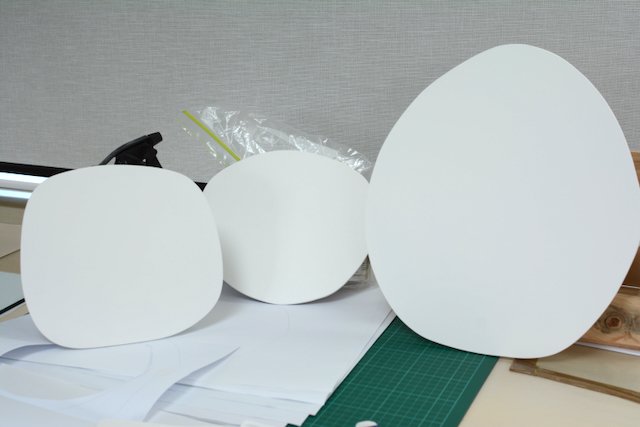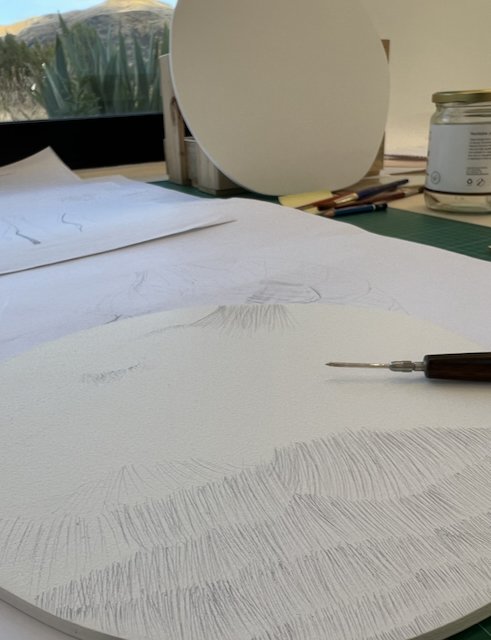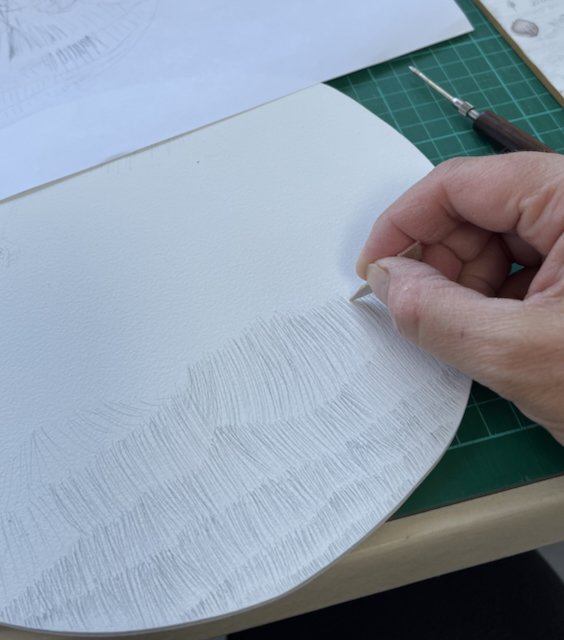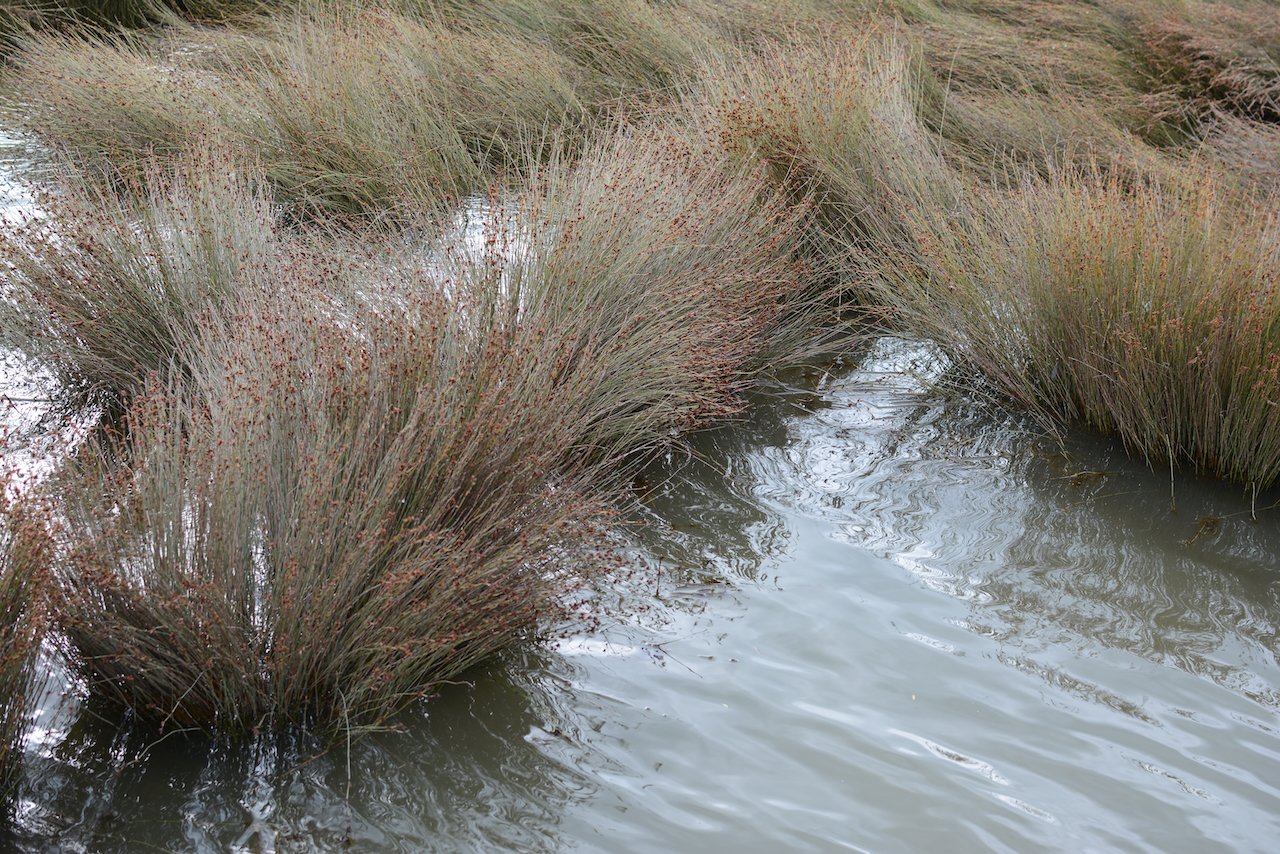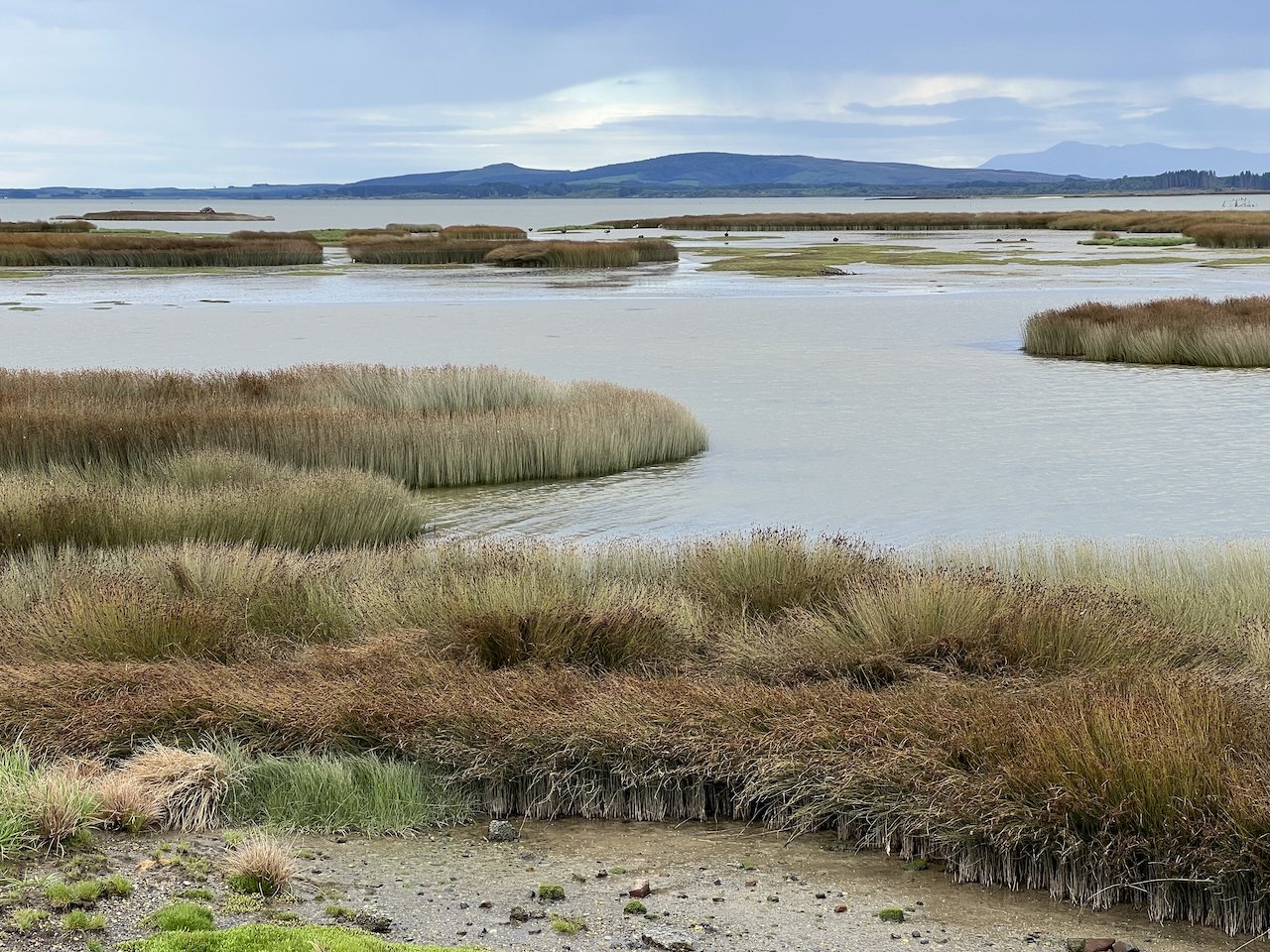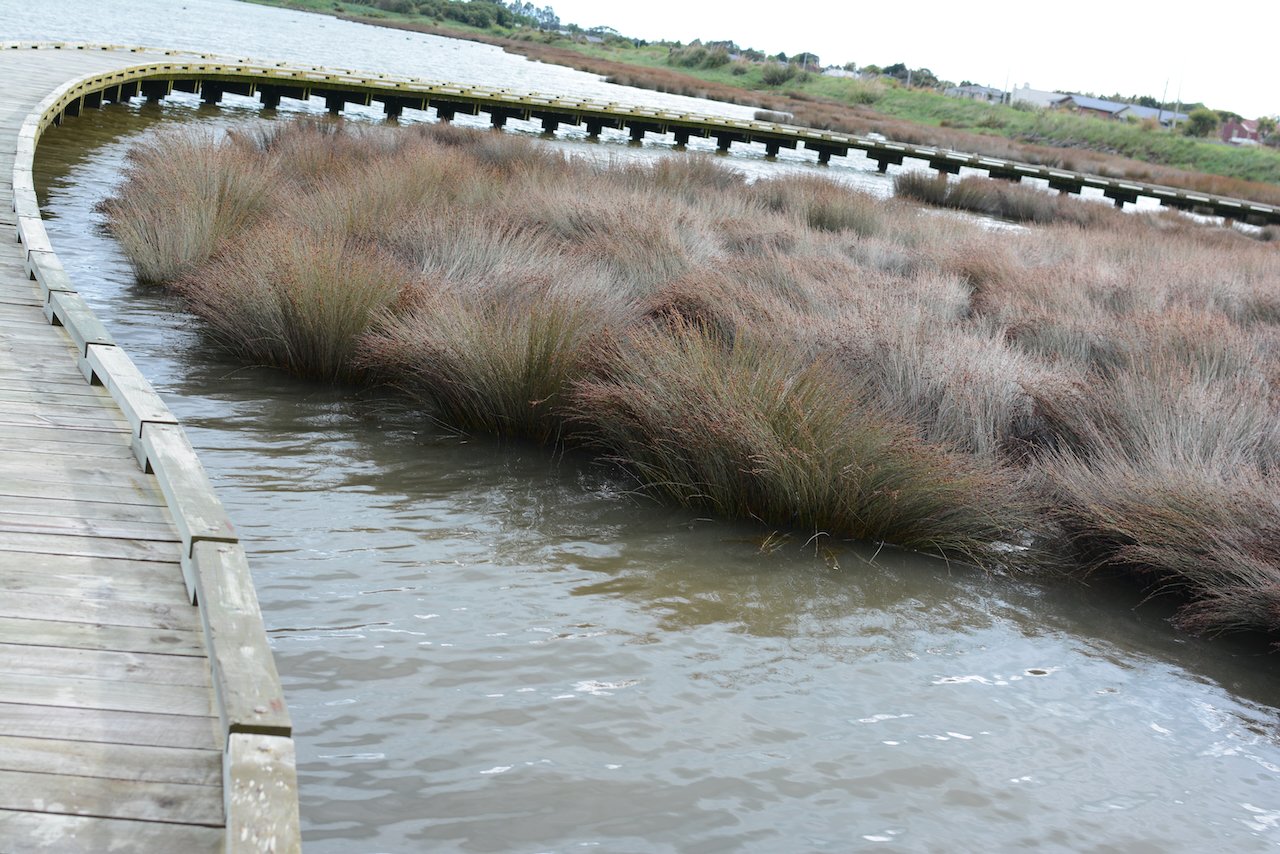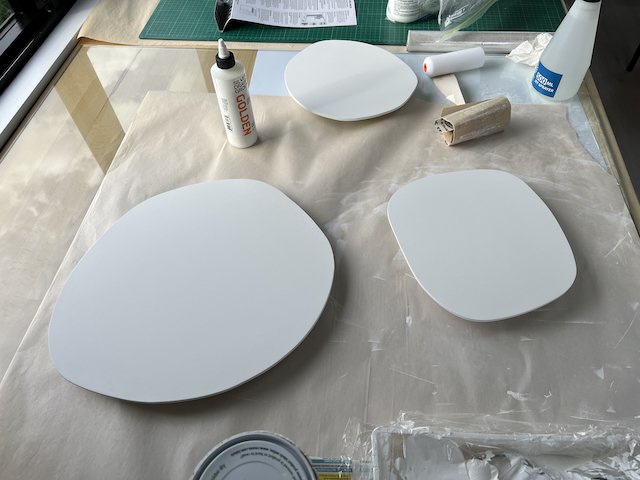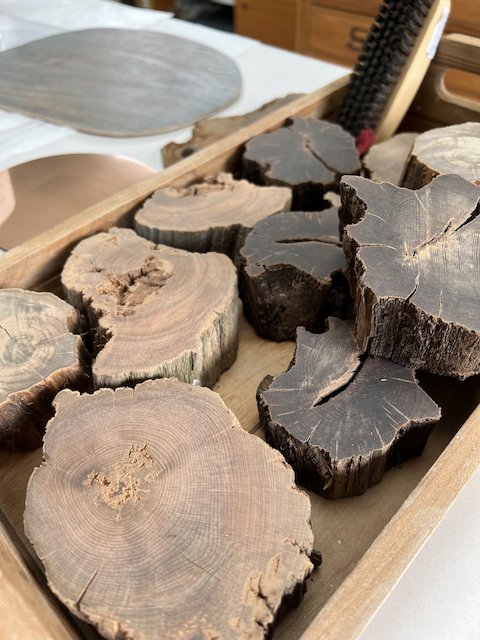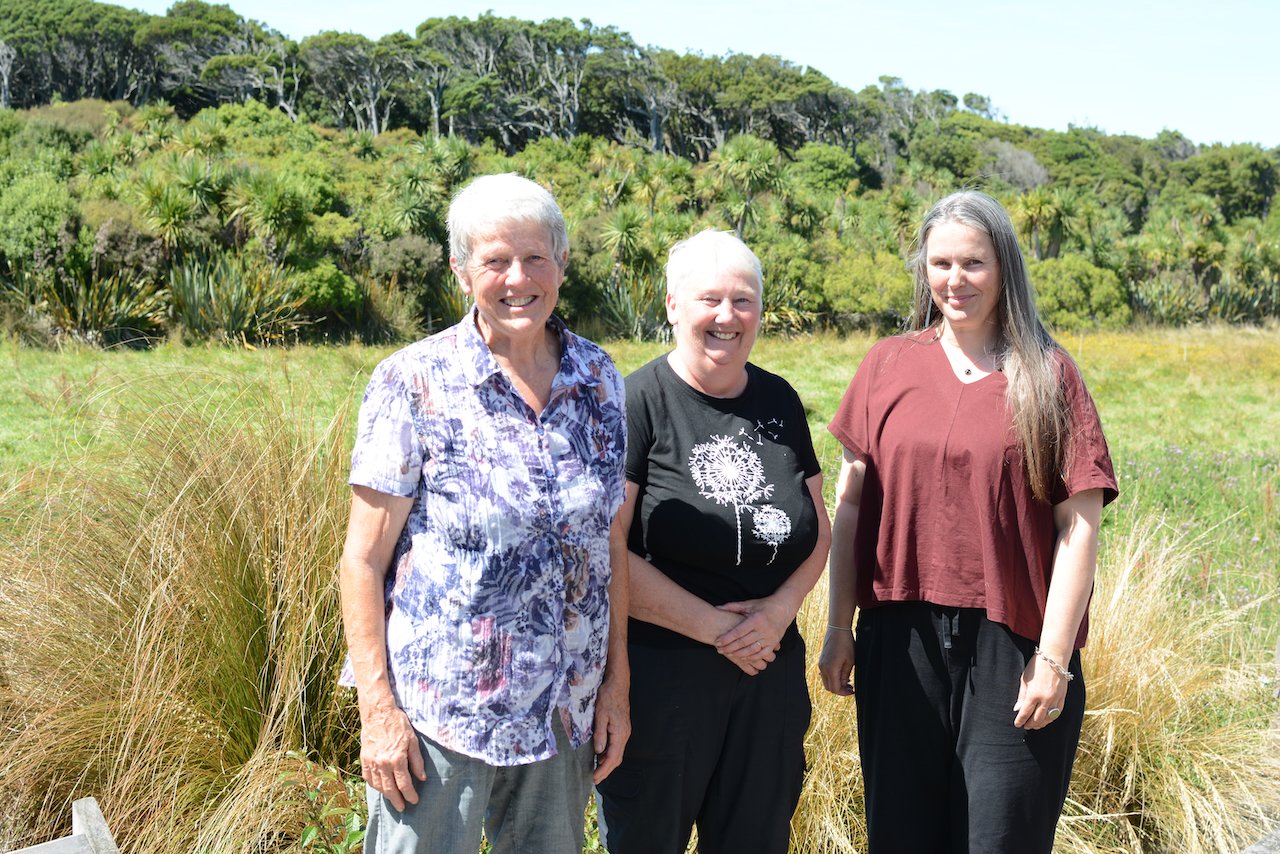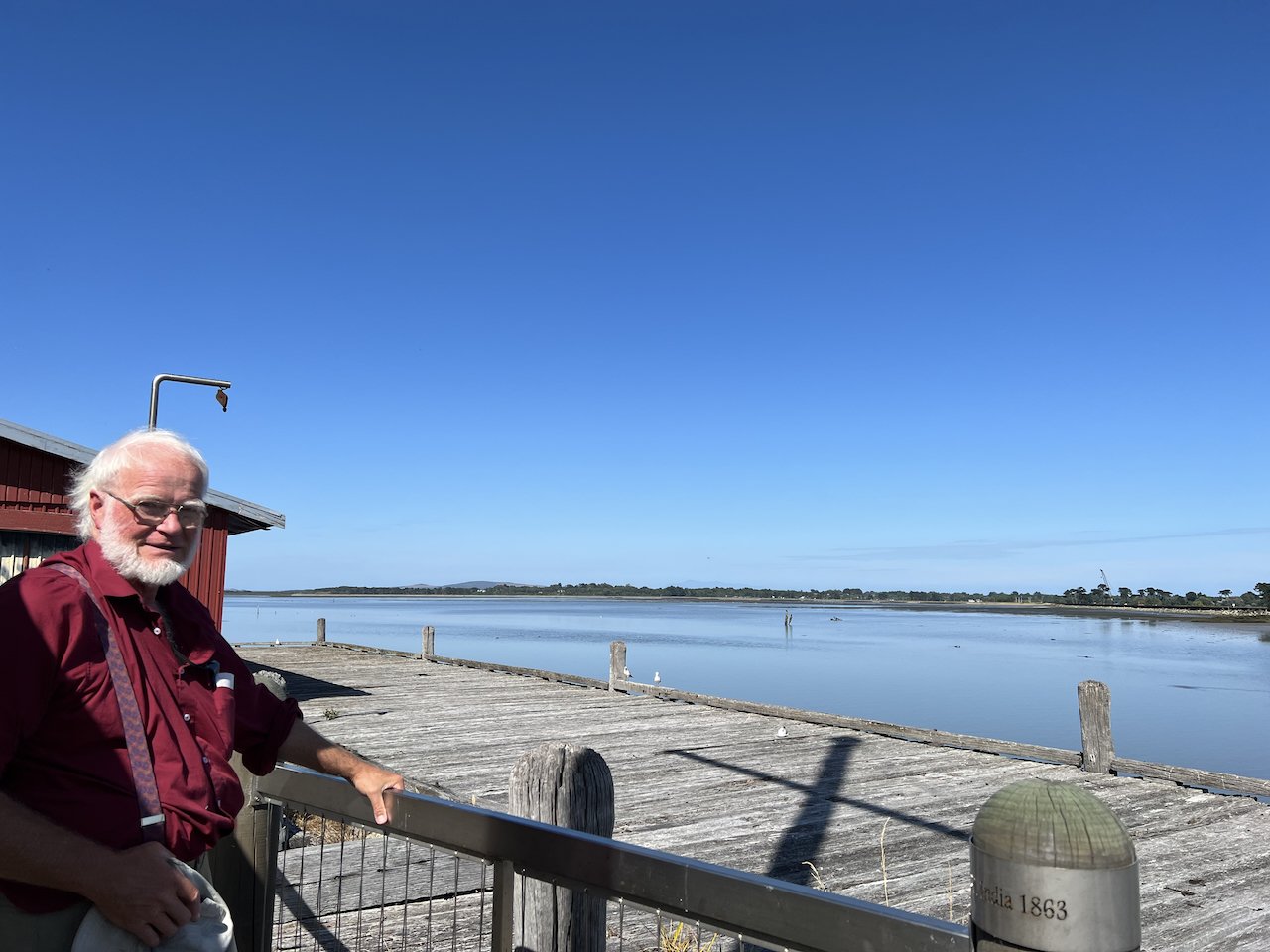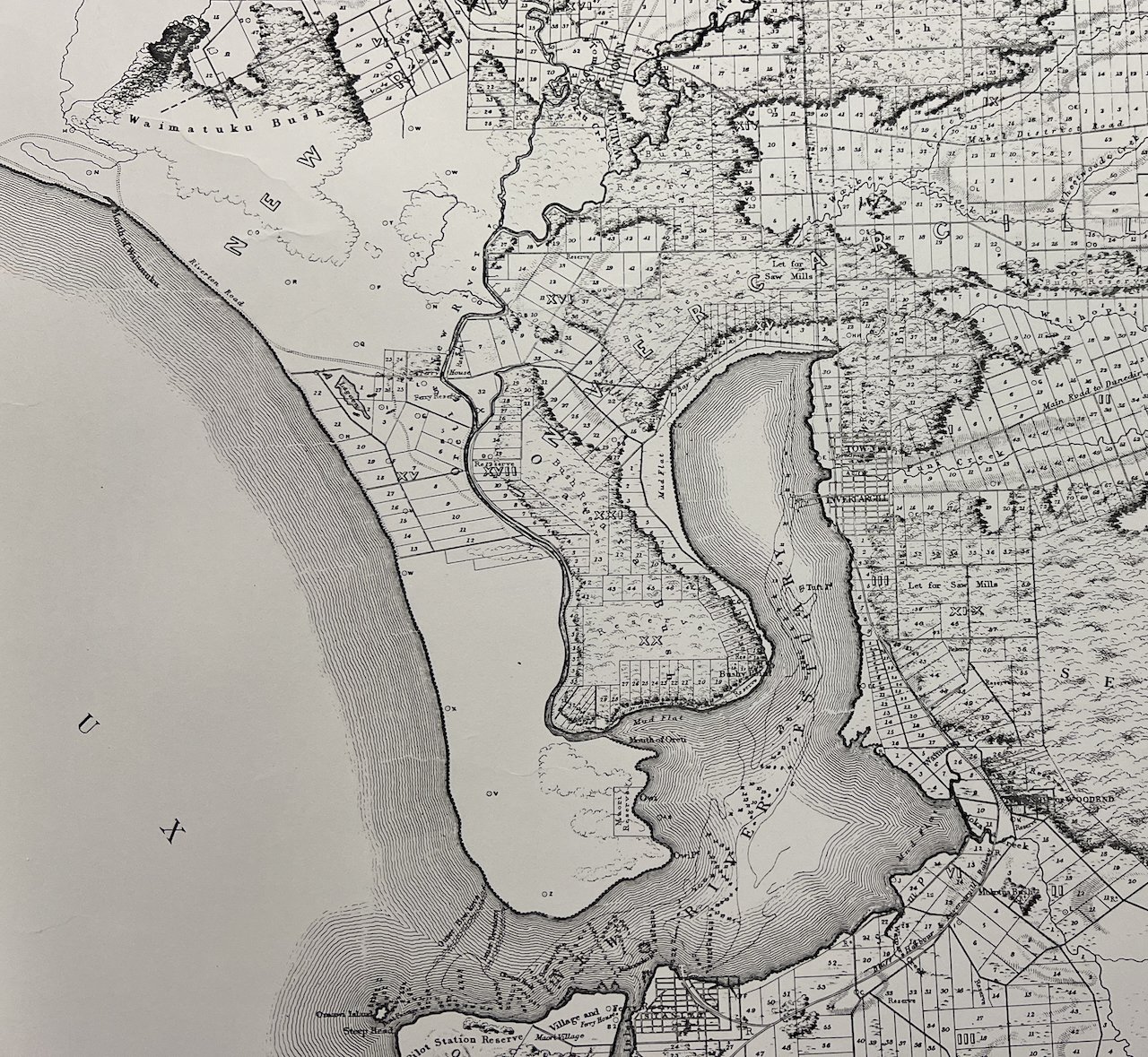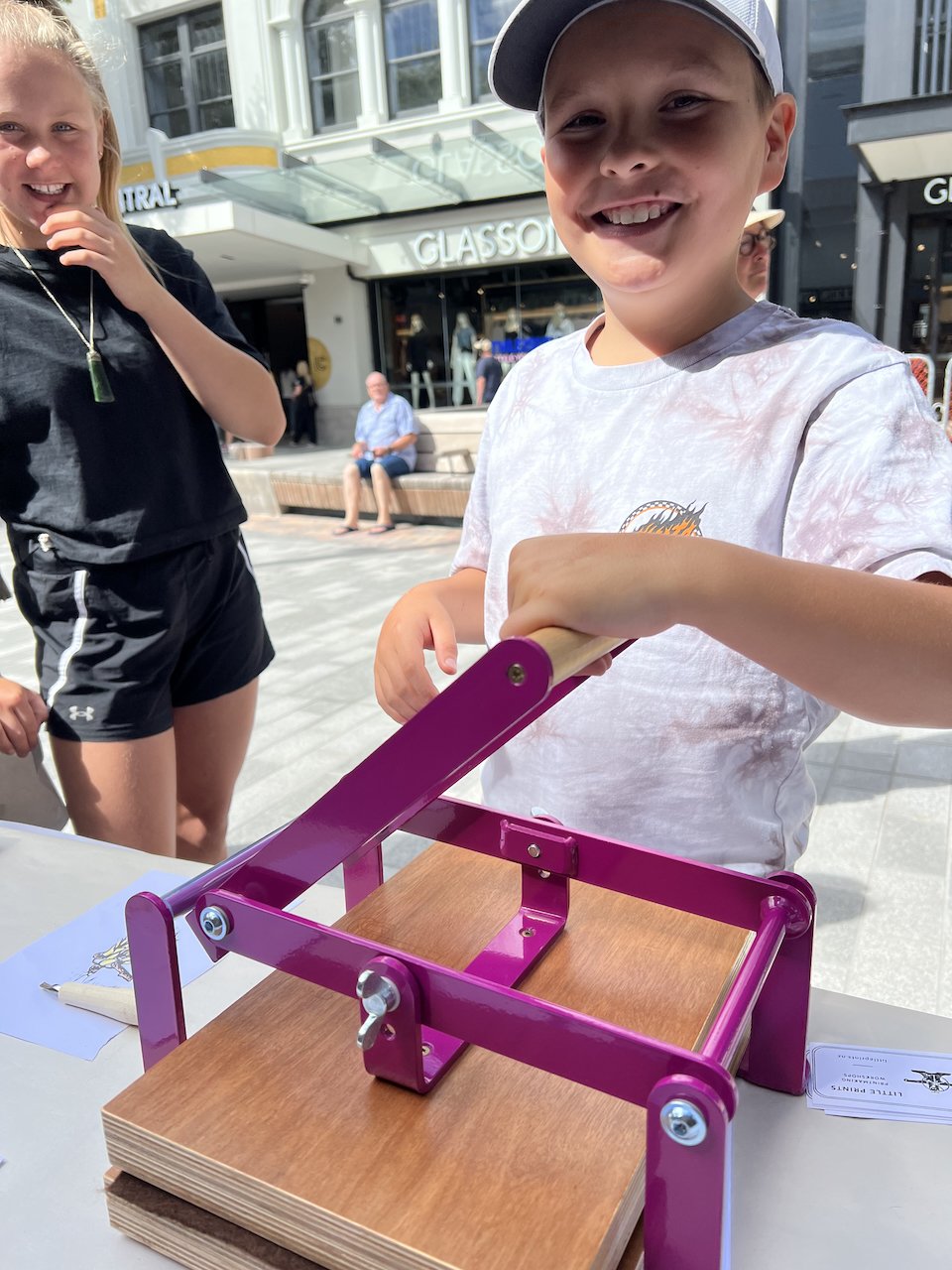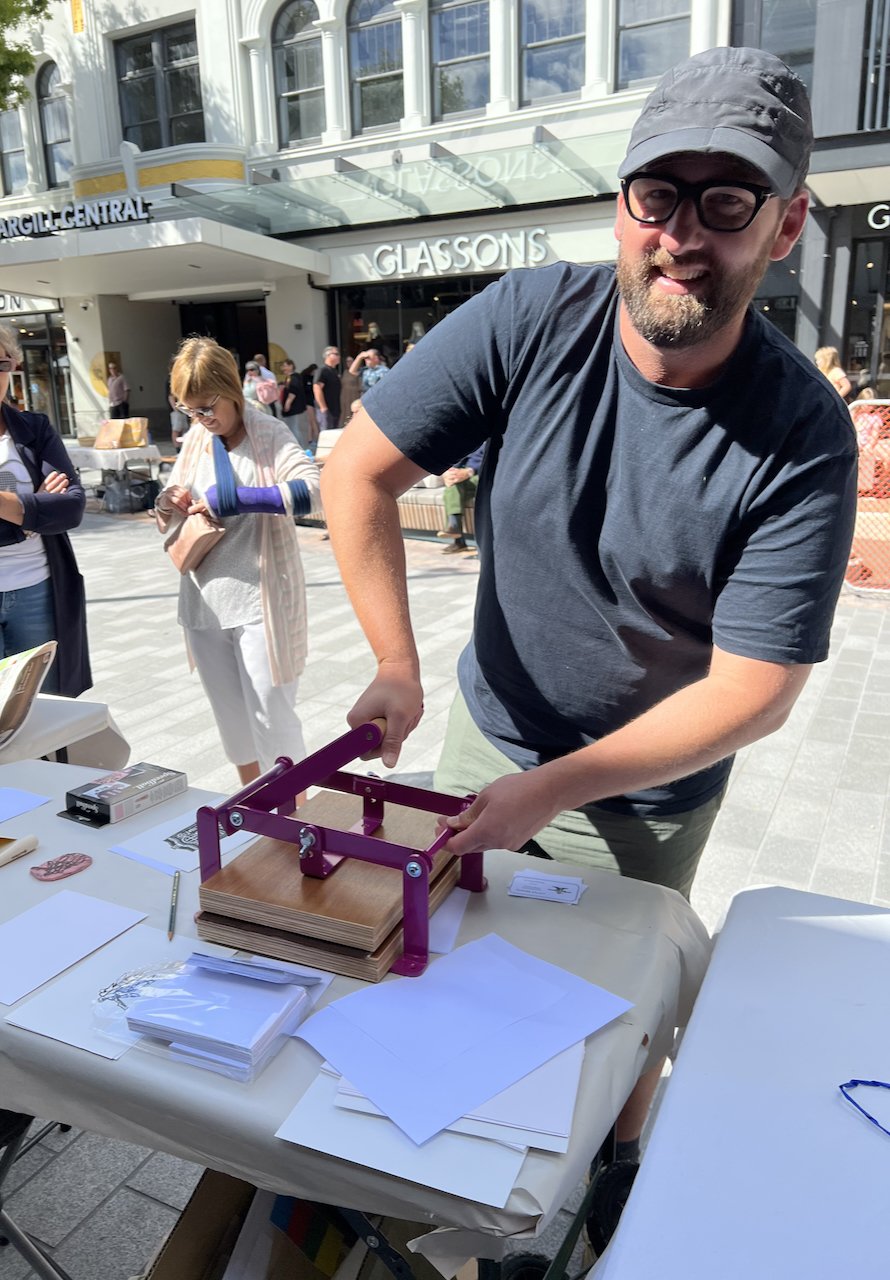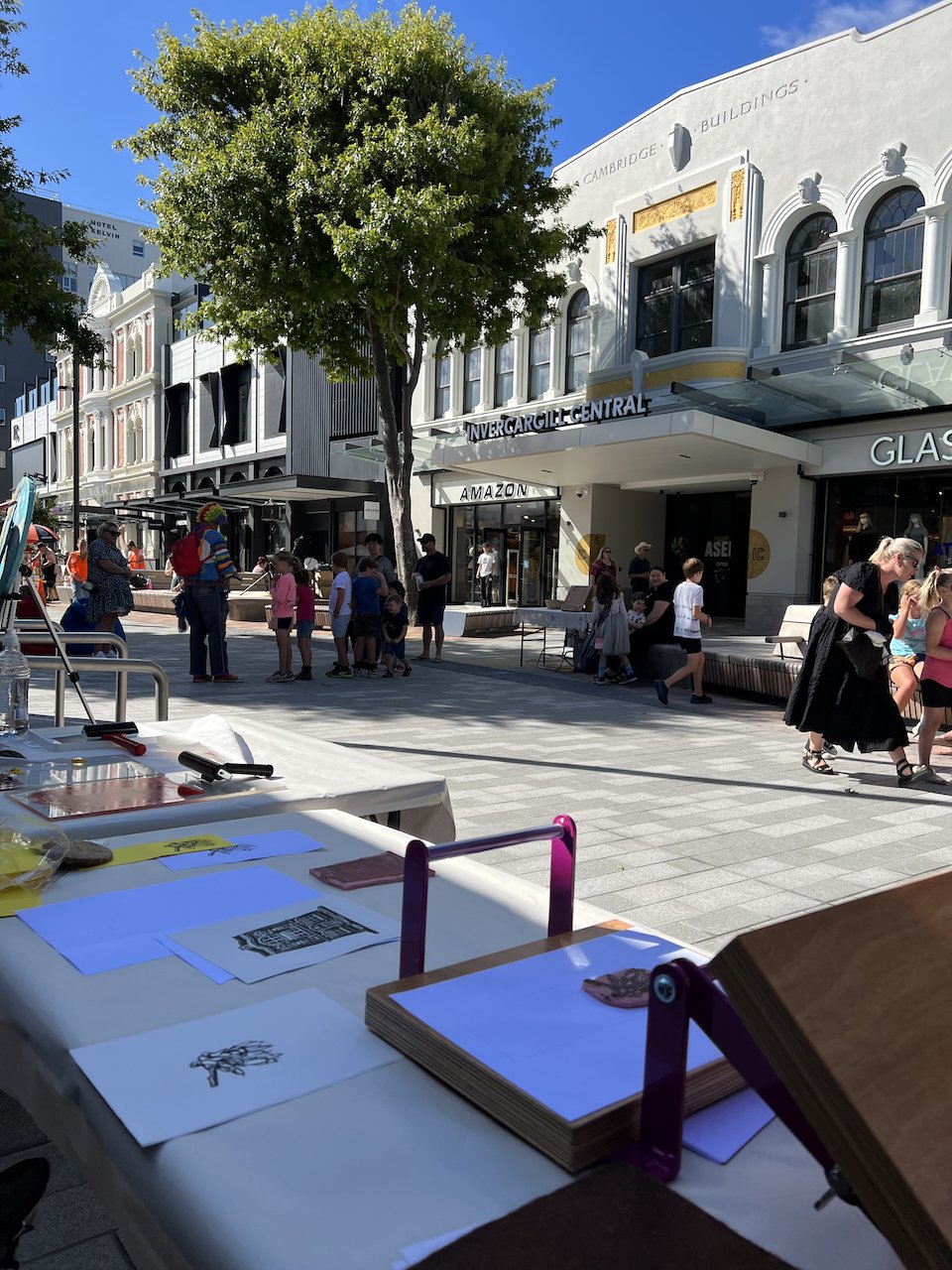Thank you for joining me here. I was delighted to be one of two artists awarded the 2022/23 William Hodges Fellowship, through the Southland Art Foundation, Murihiku Southland. Daegan Wells is the other recipient and the fellowship will culminate in exhibitions in Invercargill later in the year. Today is day one of the fellowship for me and I would like to share my research, thoughts and art practice with you as I work my way through the next 12 weeks.
In my art practice I work predominantly with printmaking techniques. Growing up in Invercargill, I began printmaking at James Hargest High School and completed a Bachelor of Fine Art at the Otago School of Art (majoring in Printmaking), studying under Marilynn Webb and Chris de Jong. In 1996 I won the Southland Young Contemporary of the Year award which enabled me to set up a print studio.
I spent much of the next two decades overseas or in Wellington, always printing as well as working in galleries and museums. In 2006 I founded my own gallery in Wellington, Solander: works on paper, where I was the director from 2006 - 2010.
I delight in working with people to discover printmaking. I have a small portable etching press which I use for workshops under the name of Little Prints.
Recently I was part of Ko Murihiku Tōku Whaea / Southern Mother at Te Atamira in Frankton, Queenstown, which celebrated the group’s connection to Southland. This exhibition is being exhibited at the Eastern Southland Gallery in Gore in February of 2023.
My practice is grounded in the place where I stand. I respond to my environment and explore the micro and macro of the natural world. I am often inspired by, and drawn to, connecting with the Murihiku region in my artworks.
I am excited to research the Waihōpai Invercargill CBD block, how it connects to nature, the waterways and the layers of the past.
